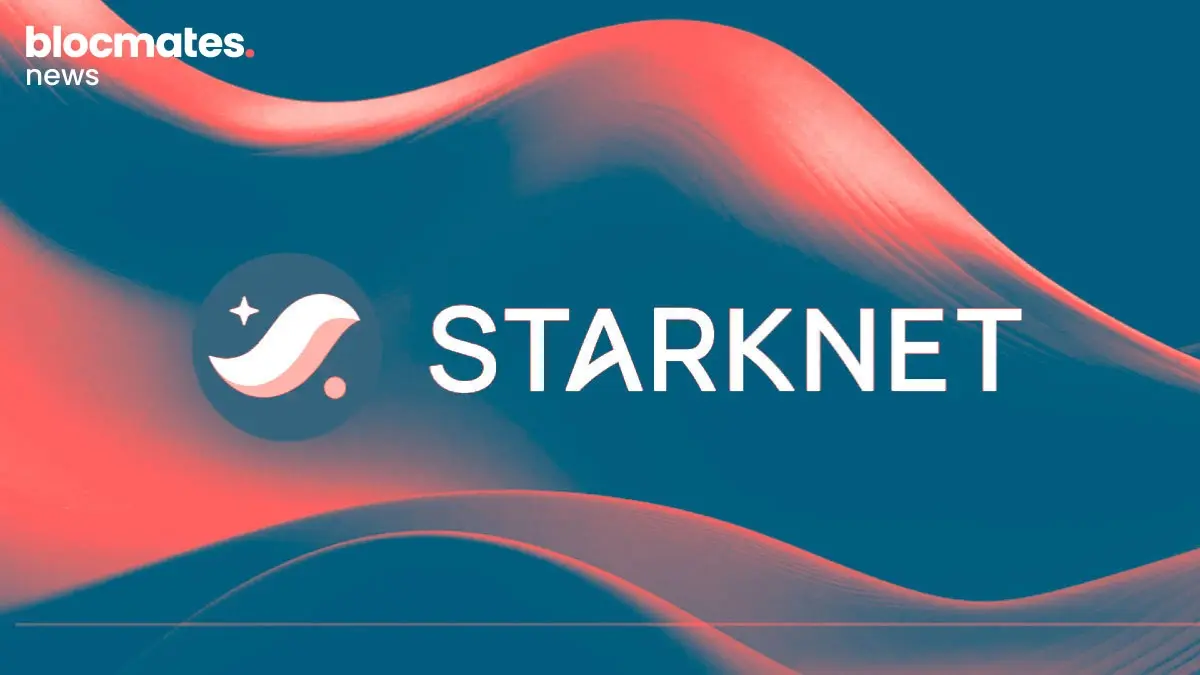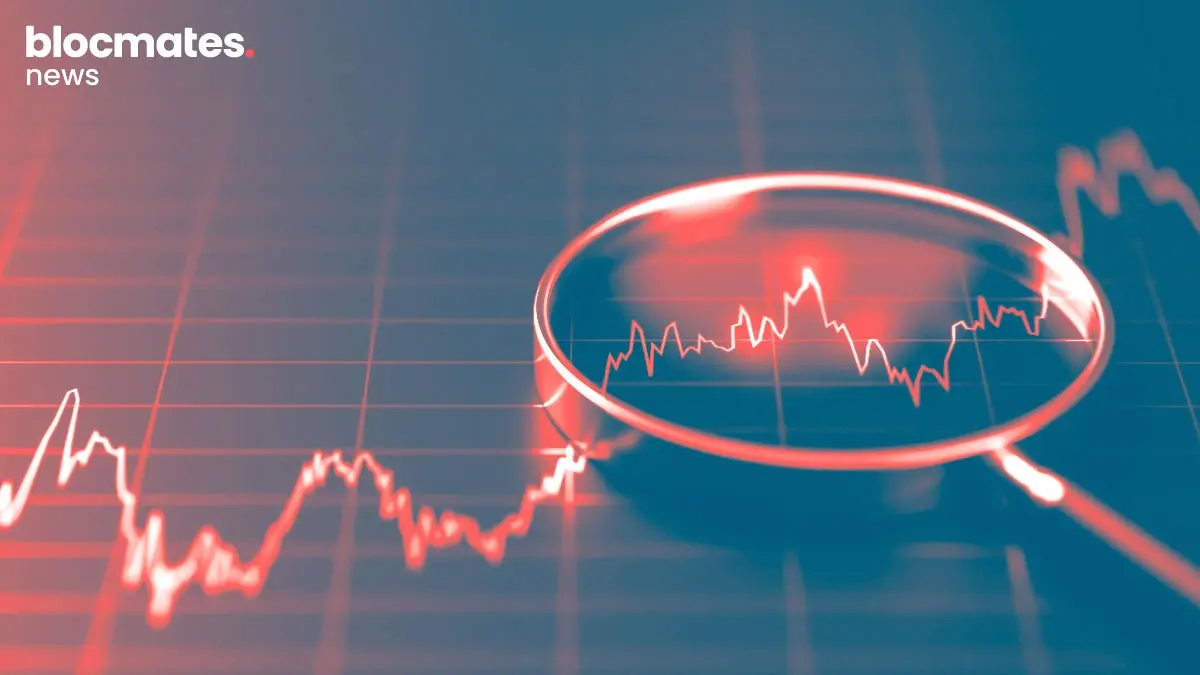Despite the recent market pullbacks across the board, blockchain activity is through the roof: the total value of crypto assets stored on-chain (TVL) is up to $190bn, compared to $36bn compared to this time last year (a 5.2x increase). At its peak, TVL topped $259bn. Even Jeff Bezos can’t afford all our coins now haha…

Info: DeFi Llama - https://defillama.com/
I believe this staggering increase in DeFi users is a result of a few basic factors:
Firstly, people are generally becoming more aware of DeFi and how to navigate the protocols within it, plus the products are getting easier, safer and faster. On top of that, due to outside centralised financial regulatory pressures, there are certain areas of the world that have actually begun to wind down their centralised options. And as for the front-running decentralised degenerate, let’s be honest, by the time something lists on a centralised exchange (CEX), the cat is out the bag. But, most importantly, let us not forget those DeFi yields - those tasty free-market yields that central banks and TradFi long for…
Yes, I am an on-chain-DeFi maximalist for all of the above reasons; I do believe we will see a world where users predominantly operate directly on blockchains (as opposed to off-chain and tucked away in centralised platform 3rd party accounting). How long will this take? Who knows - but in my opinion, it is inevitable; overall DeFi dominance is increasing. We are seeing decentralised exchange (DEX) volumes increase their market share over centralised exchanges (CEX), and DEX volumes are up to around 5% of the total volume traded per day.
Despite all this growth, the total on-chain Defi daily volume still sits at around $4.6bn, which is admittedly is 20x smaller than that of our CEX-counterparts. I believe we can look at this as a glass-half-full scenario - we have an awful lot of room to grow, and you are still incredibly early, anon.

Info: https://www.coingecko.com/en/dex
This is spot trade DEX volume - your Uniswaps, Trader Joe’s, Spirit Swaps, Curve’s, Sushi’s etc. So, what about the most popular product in crypto - Perpetual Futures? Where is this happening on-chain in DeFi?
Well, funny you might ask; on-chain perpetual futures contracts, known as “perps” (trades on the future price of an asset, but more on that later), are attracting an insane amount of notional volume (that trades underlying asset’s value); I hate comparing projects with other only semi-similar products, but take a look at what the market leaders are doing with regards to volume in on-chain perps:

Info: FTX Global Volume Monitor.
Today alone, these protocols received over $1.2bn in notional volume and ranked 16th behind crypto.com’s futures platform. It goes without saying that the top futures platforms are currently centralised, with Binance leading the way with 53% control of the derivatives volume (for those newer to finance, “derivatives” is a holdover from traditional finance, and refers to a contract between two parties deriving its value from an underlying asset, also more on this later).
So simply put, this volume is 40x larger than the leading decentralised derivatives platform…
What can we deduce from this (and yes, the glass is still half full)? On-chain *DEX derivatives platforms*, similar to the one we will discuss today, have an opportunity to steal a much greater portion of this colossal market share volume. This doesn’t mean that the overall perps market volume won’t increase either; this industry is incredibly immature (in a positive way, not just like the banter you are exposed to on Crypto Twitter), and we haven’t even begun to see what developments of both on-chain and off-chain crypto Forex trading will look like - keep your eyes peeled because those numbers are stupidly high. If there is one idea you take away with you from this article it is that on-chain derivatives products are still highly under-utilised and even more under-valued.
For those readers accustomed to trading primarily spot (and without leverage), let me take you through a small breakdown of how leveraged trading works in perpetual futures…
What is Leverage Trading in Crypto and DeFi? (If you are familiar with perps, leverage and derivatives then you can skip this section.)
With regular spot trading, your position is affected if the price of the asset goes up or down on a 1:1 basis. An example in crypto would be: you buy 10 tokens, (let's say GMX) at $40 for a total of $400. If the price of the token goes up to $80, your bag is now worth $800, which is a 100% increase in price and position size.
Okay, so, really simple, everyone gets it - with spot trading you own the underlying asset; it’s yours you can do whatever you want with it. You can stake it, trade it and move it from wallet to wallet etc. To understand our next mental leap, leverage, we need to understand the layer cake of financial instruments it rides on: derivatives
As I said earlier in the article, derivatives are products that are derived from the underlying asset in question. Derivatives examples include financial contracts like forwards, futures, options, swaps etc. For example, as of late 2021, we have had a Bitcoin futures derivative: you don’t actually hold any Bitcoin if you buy one of these contracts. Instead, you've effectively bought price exposure to the underlying asset, but not the asset itself. With a BTC futures contract, you are effectively placing a collateralized bet (in TradFi this would be done with fiat, and crypto it would be with USDC, ETH etc.) and stating that the price of Bitcoin is either going up or down. The futures contract is built on your collateral as a wager on what you believe will be the outcome.
If I placed this futures bet in an on-chain DeFi protocol, and spot Bitcoin was trading at $30,000, I could buy $100 worth of Bitcoin exposure using a DeFi futures derivatives platform like GMX. I am confident Bitcoin is going to bounce and I have my eyes set on $33,000. I enter the futures contract dead-on $30,000 with a $100 deposit in USDC. Bitcoin goes up to $33,000, or 10%, and with no leverage, my profit would be $10. Our unleveraged futures bet played out like this: 10% increase in the underlying asset on a $100 bet + our original $100 = $110. The returns are just like spot trading. Enter the x-factor that changed finance: I also get to choose if I want to boost my collateral using leverage.
If we reenact this scenario with 10x leverage, your original notional position is amplified 10x to reflect that: for every 1% move of the underlying asset (in this case BTC), your exposure-to-price position moves 10x, or 10%. Likewise, with 3x leverage, every 1% move makes your position size move 3%, in either direction. Before you run to your nearest exchange and 10x leverage everything, you need to understand that this can very easily go against you.
Using 10x leverage and entering the position when Bitcoin is $30,000 if it goes against you and dips to $27,000 (10% move down), then your collateral of $100 is no longer sufficient to cover this loss. Remember, *a 10% move at 10x leverage is 100%*. If this is a move down and against your long position then you will be liquidated and lose your whole deposit.
The beauty of futures is that you can gain exposure (with leverage) to move to the upside and also to the downside: betting “long'' allows you to gain when the price of the underlying asset goes up, betting “short'' allows you to gain when the price of the underlying asset goes down.
Make sense? So, why are they called “futures''?
Simply put, “futures contracts” as we know them are a product of the 70s boomer-era TradFi marketplaces; People would bet on the future price of an underlying asset, and traditionally these contracts (two-party agreements) would have an expiry date. We all know (to the detriment of our own health) that our beloved crypto markets do not stop. EVER. So, an expiration date with traditional futures products doesn’t seem logical for our weird and wonderful world. With this in mind, BitMex created a perpetual futures contract with no expire - effectively the holder can keep their long or short position open for as long as they like, and this is where you will hear people referring to “futures” as “perps” or “perpetual futures” etc.
So, to recap: A derivative is a product that is derived from the underlying price of an asset. A futures contract is a type of derivative. A perpetual futures contract allows you to gain directional exposure to an underlying asset with no expiration date. Leverage allows you to gain future exposure to said perp contract. When we roll all these financial tools into one, we have a platform that can offer leverage exposure to a variety of different crypto assets.
(If none of this makes sense, feel free to shoot me a message on the discord link at the end of this article).
There is a small issue here: perp contracts are meant to mimic the price of the underlying asset and, at times, the price of a perp can differ slightly from the actual price of the underlying asset. Derivatives exchanges collect an aggregated price from a variety of different exchanges to calculate the index perp price of the underlying asset - this is their reference point; Not one specific data feed, but a collection.
What happens if the perp price trades higher than the underlying index price?
If this happens, we can assume that perp traders are bullish - more longs are open than shorts, which are, in effect, driving the perp price of the asset higher. In order to maintain this price pegging between the indexed perp price and underlying asset price for this example, long positions would have to pay a small fee to those who are short; this fee is called the “funding rate”, and it enables an arbitrage opportunity for those who wish to take the opposite side of the most popular trade (either long or short) at the time. The funding rate effectively brings the derivative price back closer to the underlying price of the index, until it no longer remains profitable to take the opposing side of the trade from an arbitrage perspective.
So, now you understand all of this, let’s take a look at one of the most promising decentralised derivatives exchanges on the market GMX.
What is GMX?

As I have alluded to, GMX is a decentralised exchange that offers perpetual futures trading. GMX is currently live on Arbitrum (Ethereum layer 2) and Avalanche. The protocol was spawned from an earlier project called Gambit which ran on BSC.
BTC, ETH and AVAX are available to trade with up to 30x leverage.
Currently, the protocol supports the following assets as collateral:
On Arbitrum -
- BTC
- ETH
- USDC
- USDT
- DAI
- LINK
- UNI
- FRAX
- MIM
On Avalanche
- BTC
- AVAX
- ETH
- USDC
- USDC.e
- MIM
GMX has achieved over $17bn in trading volume in a relatively short space of time with close to 12,000 users and a current open interest (amount of assets tied to outstanding contracts) of $38m.


Info: https://stats.gmx.io/ fees and volume are Up Only.
The most recent 24-hour daily trading volume is around $240m with nearly $400,000 in trading fees collected across both Arbitrum and Avalanche. That would be annualised revenue at this total daily volume of $146,000,000… Yes, you read that correctly- each day.
If GMX can maintain, or increase, this kind of revenue going forward for a substantial part of the year, then it could potentially generate some of the highest fees in the game. Funnily enough, around 2.75x the entire revenue generated from the Avalanche blockchain alone. https://www.tokenterminal.com/terminal/metrics/protocol_revenue/embed/cumulative
I do bang on about revenue an awful lot because it seems to get overlooked, particularly as obsessed as this industry is with a tokens price action (as opposed to revenue streams). This leads us to our next topic:
What is the GMX token?

GMX is the utility and governance token of the platform which allows stakers to receive 30% of the fees collected from across the platform.
It is available on Arbitrum and Avalanche and can be bridged using Synapse Protocol.

Not to worry folks, we have a full tutorial surrounding everything from buying, staking and using GMX coming shortly.
Users can stake their GMX on either Arbitrum or Avalanche and earn 3 different types of rewards:
- Escrowed GMX (esGMX)
- Multiplier Points
- ETH fees (Arbitrum) and AVAX fees (Avalanche)
What is Escrowed GMX (esGMX)?
I know a lot of folks are struggling with tokenomics, staking and vesting rewards and I will try to explain this as best as possible:
Using Arbitrum as an example, when you buy GMX, you can choose to store your share of protocol’s tokens within its distributed network, effectively known as staking. This strengthens the tokens value and earns the fee rewards discussed above.

(This current APR is measured in ETH generated from the platform fees and additionally esGMX.)
So, at current rates if you staked $1000 worth of GMX over the course of the year you would receive 9.72% in ETH ($97.20). On top of that you will receive an additional 17.87% ($170.87) in esGMX. This ETH you receive is claimable at any time. The esGMX however is a non-transferable token (think veCRV) and earns the exact same amount of fees as regular GMX.
So, how do you gain access to those rewards?
Well, if you scroll a little further down the Earn page you will see the Vest section.

esGMX earned from GMX staking can then be added to the GMX vesting vault. From here, each second that goes by esGMX will be converted to regular GMX. This vesting period will last for 365 days. So if you had 365 esGMX it would take you 1 year to linearly receive your GMX token rewards. As mentioned above you would receive this conversion each second from the minute of the deposit until 365 days later.
Another note on this. Your esGMX starts vesting over the course of the year if an equal amount of GMX staked. For example, if I earned 365 esGMX from staking 3650 GMX, then I would need to maintain the 3650 staked balance of GMX to allow my esGMX to continually be converted to regular GMX - this base staked holding is known as the “reserve amount”.
You can choose to stake your esGMX to earn additional esGMX. This in effect results in a compound of your rewards for the highest APR.
Just to reiterate, there are staking vaults and vesting vaults for esGMX.
Click here to see the visuals.
What are GMX Multiplier Points?
I love this next aspect of the protocol; when you stake your GMX, you earn the rewards as discussed above, but you also earn (currently) 100% APR through multiplier points. For example, if you stake 100 GMX then you will receive 100 Multiplier points over the course of that year.
What do they do?
If you hit the compound button on the Earn page then each of your Multiplier Points will earn the same ETH rewards from protocol fees as 1 GMX.

This is a brilliant way of incentivising those long term GMX holders to earn a yield on top of yield on top of yield essentially… (Did I say enough “yields” there?) If you think about it, the additional yield (sorry) is non-inflationary as it is paid in ETH from the protocol fees.
What happens if you remove your staked GMX or esGMX?
If you have earned 50% of your multiplier points from your staked GMX and it gets to 6 months in and you remove your stake, then you forfeit the remaining Multiplier Points. Again, this is all a non-dilutive way of earning additional APR for long term holders.
What is the GLP token on GMX?

Whether through a central order book model (CLOB) or through a typical DEX Automated Market Maker (AMM) model, all exchanges need deep liquidity. GLP is the GMX Liquidity Provider token. GLP stakers receive 70% of the platform fees in ETH and esGMX. This is a token that incentivises users to deposit their assets as liquidity on the GMX exchange and in return they mint GLP. Once a user returns their GLP to redeem their tokens, the GLP will be burnt. The price of GLP is effectively made up of an index of assets that users deposit for liquidity.
On Avalanche the following tokens can be used to buy (mint) GLP.

Info: https://gmx.io/buy_glp
Benefits of Staking GLP on GMX.
When you enter the amount of GLP you wish to buy into that chart, the price of GLP will vary according to the asset you use to buy it - this is because each asset in this index has a target weight, and the tokens weights are decided by the open positions of traders.
If a specific asset goes above its target weight, then the fees for buying GLP with that token will increase to disincentive users from depositing further. The same is true for assets in the index that are underweight compared to their target weighting in the basket. For example, if people are long AVAX then a greater index weight will be given to AVAX to encourage lower fees and incentivise further AVAX deposits. The same is true if traders are net short, a greater weight will be given to stablecoin deposits. In this way, a trader can deposit assets s/he does not wish to sell into the collateral vaults, and then borrow GLP against it to earn a very handsome yield.
In this light, GLP is exposure to all of the underlying assets at once: It is ⅗ long and ⅖ short because it has exposure to AVAX, BTC, ETH (long positions) and MIM and USDC (short positions). Think of the Tricrypto product on Curve. BTC, ETH and USDT; GLP is similar but with greater exposure to a varied basket of assets.
The highest yield I have seen on a Tricrypto product is around 35% APY which is highly dependent on incentives… just saying.
The other benefit is that if the price rises, naturally so does the price of GLP. The same is also true if the basket decreases in value. Overall though the GLP token is an excellent hedge against the market due to its large weighting in stablecoins.
The staking rewards received currently sit at around 87% or so, with a heavier weighting towards AVAX which is liquid compared to the boosted rewards coming from esGMX.

Info: https://gmx.io/earn
Personally, this seems like an awesome way to gain exposure to a pretty solid index with some of the best rewards in the business. These rewards are chain specific, however. Currently, on Arbitrum the rewards are 73%.
Ultimately, if you wish to withdraw your GLP stake and redeem the tokens you deposited at liquidity, you can simply head to the “Redeem” page where you will effectively sell (burn) your GLP in return for your tokens.
GMX Potential
In order to fully view GMX from an investor’s perspective, we have to take into account its current perpetual futures market size: CoinGecko reports $136bn in the last 24 hours as the perp trading volume (yes, billion with a capital B). Granted, the vast majority of this volume is executed off-chain on centralised exchanges, but we know from the beginning of this article that DEX: CEX dominance is increasing.
As more and more volume gets handled on-chain, the platforms (and implied technical security measures) that traders like to lock funds into become a real make or break decision. Arbitrum is arguably the dominant roll-up solution for transactions secured by the largest most decentralised blockchain, Ethereum. Equally, Avalanche is possibly the greatest user experience of any EVM compatible layer 1 on the market (I could also make a case for Fantom), and opens up accessibility to smaller fund traders in the DeFi space concerned with operational gas costs.
GMX has chosen to deploy on 2 vastly different but complementary chains in a matter of months, moving more effectively and faster than any of its competitors - this is a huge advantage with regards to users, volume, UX and general adoption; being chain agnostic with an excellent and flexible product gets GMX into the hands of the masses. This easy onboarding (Arbitrum is only getting easier with Binance withdrawals and deposits, both of which Avalanche currently have) I do believe the users will arrive in numbers and speed.
Why do I believe that the choice of the chain has something to do with it? The DefFi trading protocol dYdX has around 61,000 total users over time while GMX clocks in at 12,182 users. I know for the average retail trader looking for some long and short exposure, particularly whilst the market is a little all over the place, they aren’t going to go bridge to a newer L2 like Starkware (with only a handful of operating whitelisted apps)… let’s be honest. Thriving ecosystems combined with a great product is a sure-fire way to get excellent adoption and user growth. Who knows what other chains it could pop up on? (Wen ZK?)
For more value cross-checking with established competitors, we can look at dydX tokenomics (or lack thereof) based on the market cap do not add up:
There is over a 2x difference in market cap between these projects and an infinitely greater tokenomics structure for GMX stakers. There are no revenue share or governance votes afforded to dYdX holders while GMX distributes 30% of the platform fees to stakers and 70% of fees to GLP stakers. Where are the trading fees from dYdX going? If it is for constant development, then what is the point of the token?
One obvious elephant in the room is volume. My personal guess is we begin to see GMX adoption eating away into dYdXs volume and market cap. I can easily see the GMX token outperforming dYdX based on tokenomics and revenue share model, which can all scale as the platform onboards more users (and consequently more volume).
GMX and GLP allow you to invest in your share of owning an exchange. Staking both GMX and GLP (for the long term) is the most optimal strategy, particularly if you can also fully vest your esGMX rewards too. While a lot of short and narrative-based traders aren’t into that approach, I also see the industry becoming a lot more interested in long term investments as a whole, especially if it's churned on by increasing institutional adoption.
We are seeing this play out currently as investors lock up their veTokens for the max duration; with GMX and GLP users having that option to maintain high APR, while also retaining the right to duck out and not lose out too much if something were to happen globally or personally.
We have to keep in mind too once a dedicated zk-layer for Ethereum is decided (just like Arbitrum is unofficially the OR of choice) then the team then have the ability, and precedent, to move fast and deploy there too. This is also true of other emerging and not-yet recognized chains. If it makes sense for the GLP stakers/ to provide liquidity on multiple chains then, why not? GMXs plasticity with regards to being open to trying new things and moving fast is going to set them apart from its competitors in the long run.
Conclusion -
All in all, my experience on GMX as a platform has been excellent. Their tokenomics are extremely well thought out and brilliantly incentivise liquidity providers through GLP staking.
I’d like to see increased volume over the coming months, which I believe will certainly happen and I hope to see the added benefit GMX staking will give to their community (I have been lurking in their channels and they seem to be a very normal bunch which in this space is quite something haha).
The upcoming goals for 2022 for GMX it is impressive and detailed:
- Improving GLP performance
- Referral links
- Capturing MEV from price updates and redistributing the arbitrage profits to GMX and GLP holders
- Trading incentives
- Interface improvements
- New chains
- Integrating GMX and GLP with more DeFi partners
- X4 which will be a new kind of AMM that will enable new types of DeFi projects to be built
- The X4 project will use the GMX token, no new tokens will be created
Info: https://gov.gmx.io/t/treasury-diversification-through-the-sale-of-esgmx-tokens/73
Top alpha tip: Read as many governance forums as physically possible. They tend to front-run announcements if voted on.
I am personally looking forward to additional chains, trading incentives and somehow “improving GLP performance” on top of what is already an amazing product IMO.
I hope this article has shed some light on the inner workings of GMX and GLP and their roles within this brilliant perpetual exchange. I’d encourage people to go try it out and see for themselves. I will also be releasing a “How-to GMX” article with the help of my partner in crime @jedihornet later this week.
p.s. apologies to all the blueberries that didn’t want the GLP alpha leaking :(
If you liked this article and are looking for something similar for your project just give me a message on Twitter or Discord. All my details are below :)
GMX Resources -
Website and dApp - https://gmx.io/
CoinGecko - https://www.coingecko.com/en/coins/gmx
blocmates links -
Personal Telegram - @blocmates
Personal Discord - blocmates#7027
Discord Community - https://discord.gg/blocmates
Telegram - https://t.me/+UtYbMzXmlhb6R4Xd
Email - info@blocmates.com
Disclaimer - Please don't take any of this as financial advice I am literally an idiot and don’t have a clue what I am talking about.





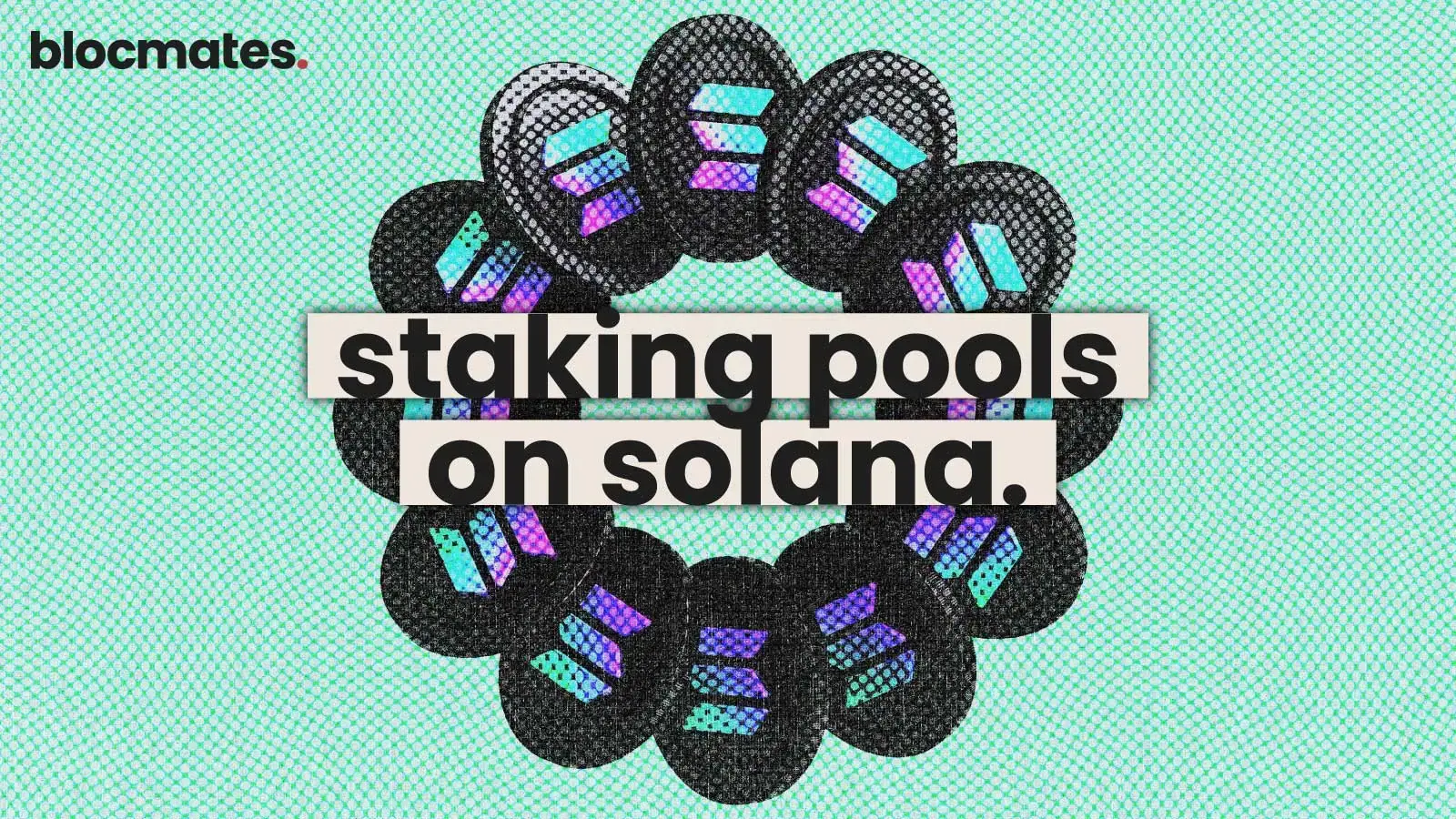





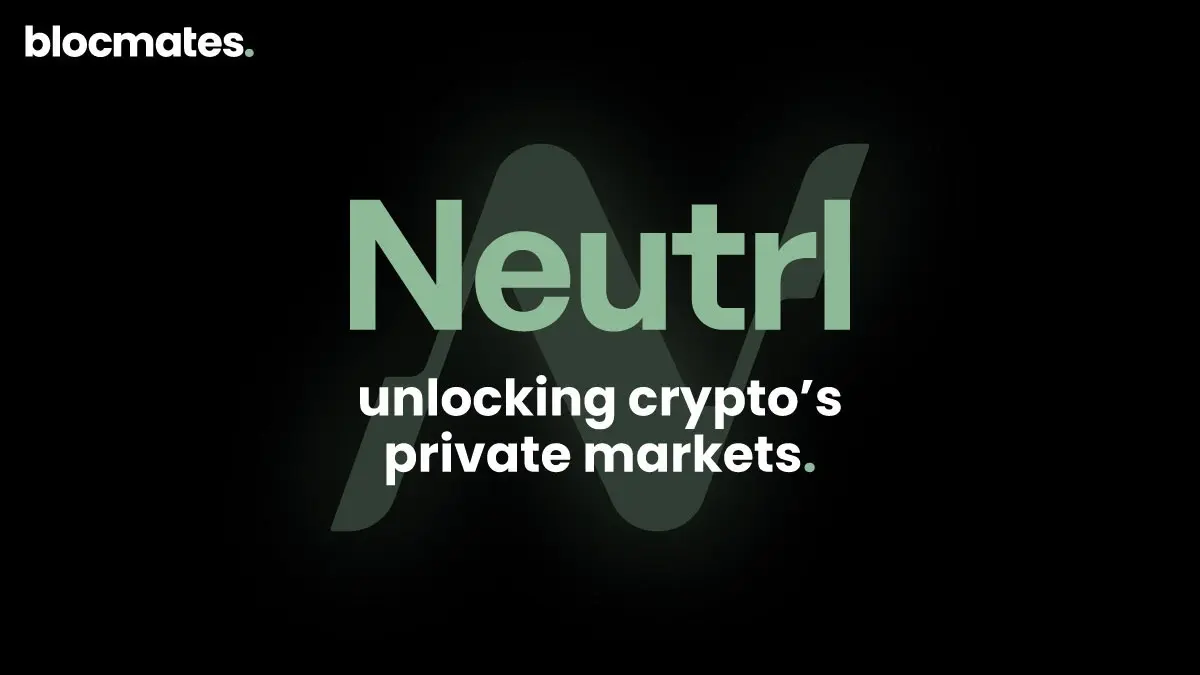


.webp)

.webp)
.webp)
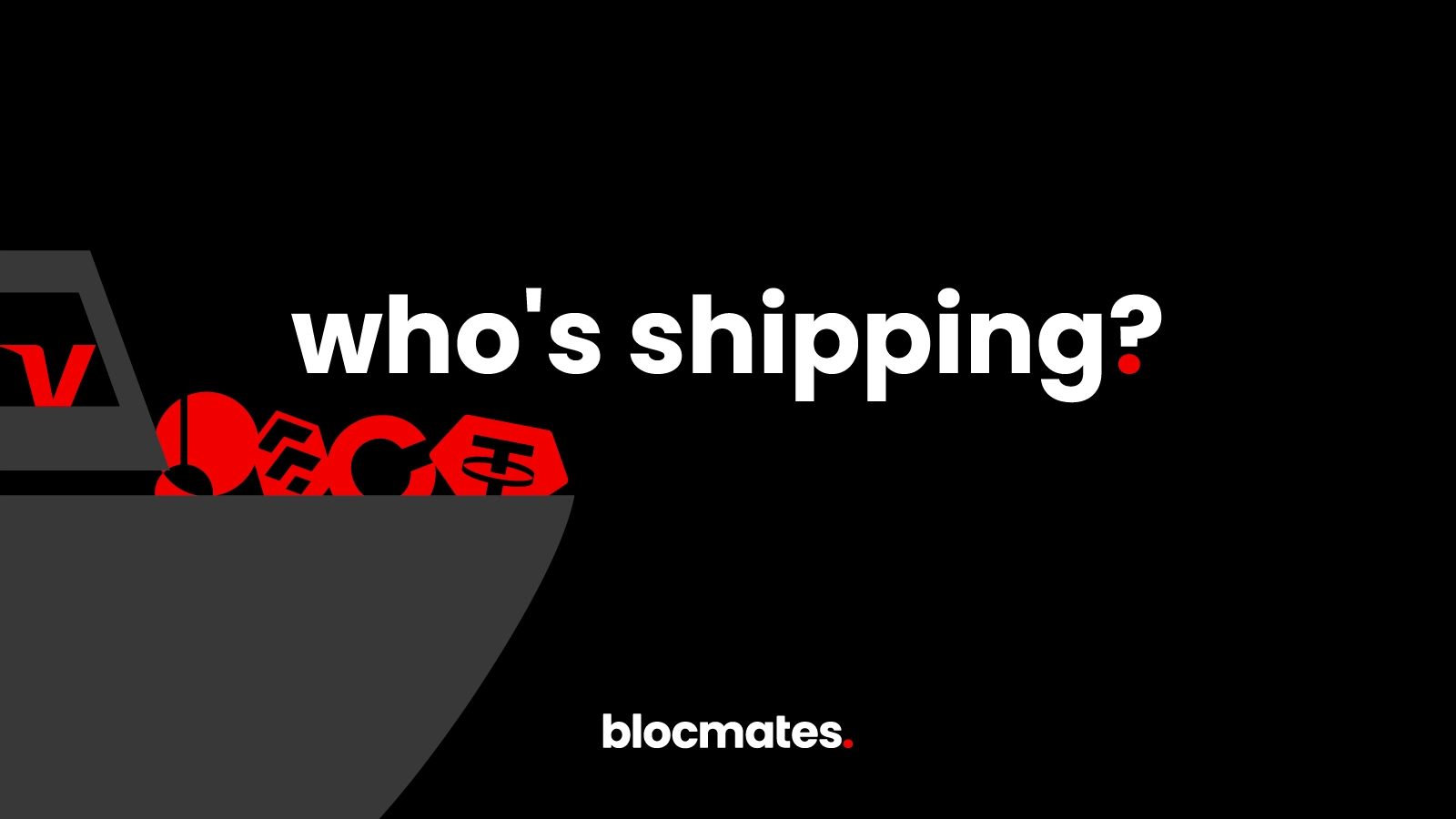
%20(1).webp)
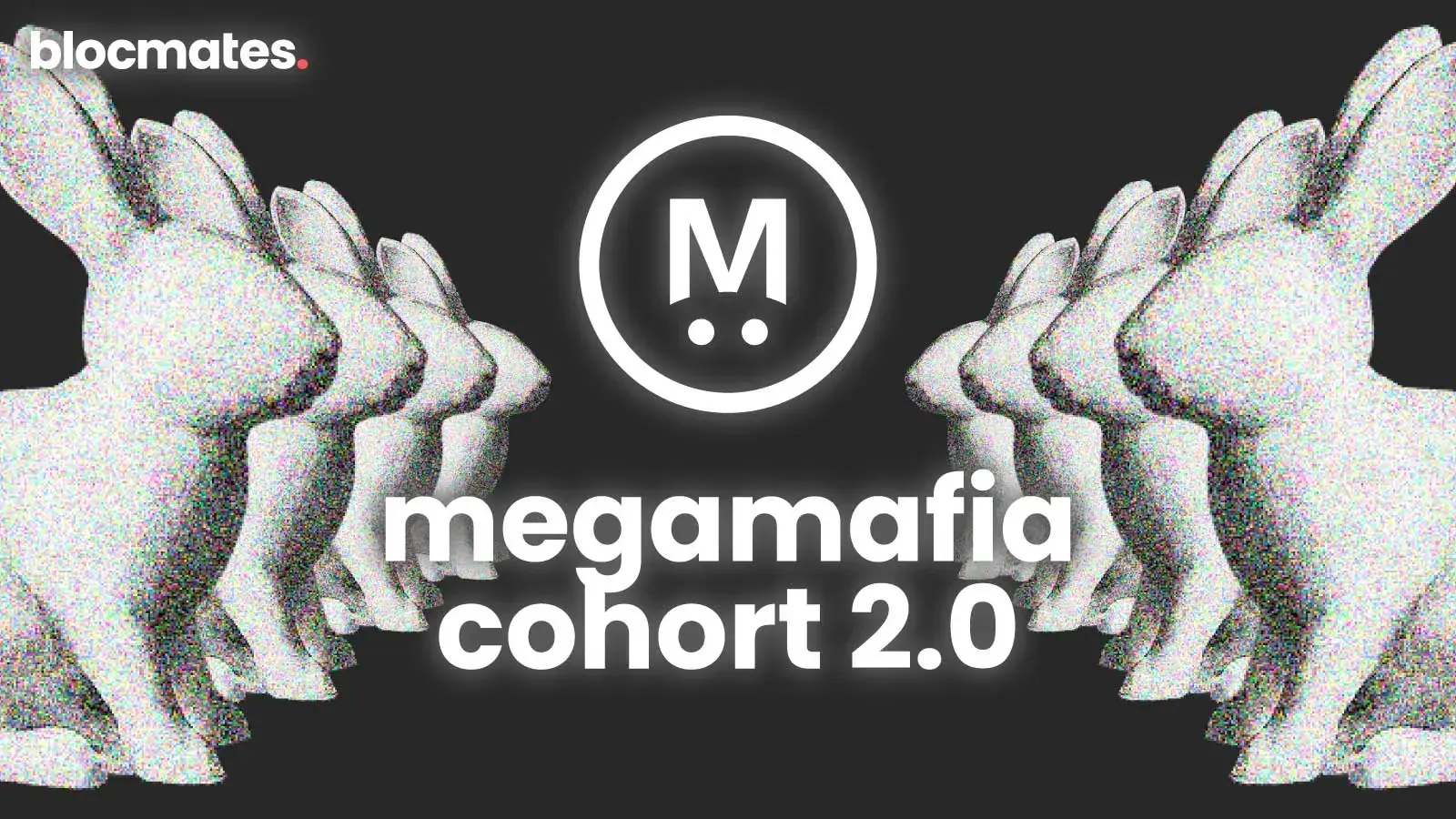
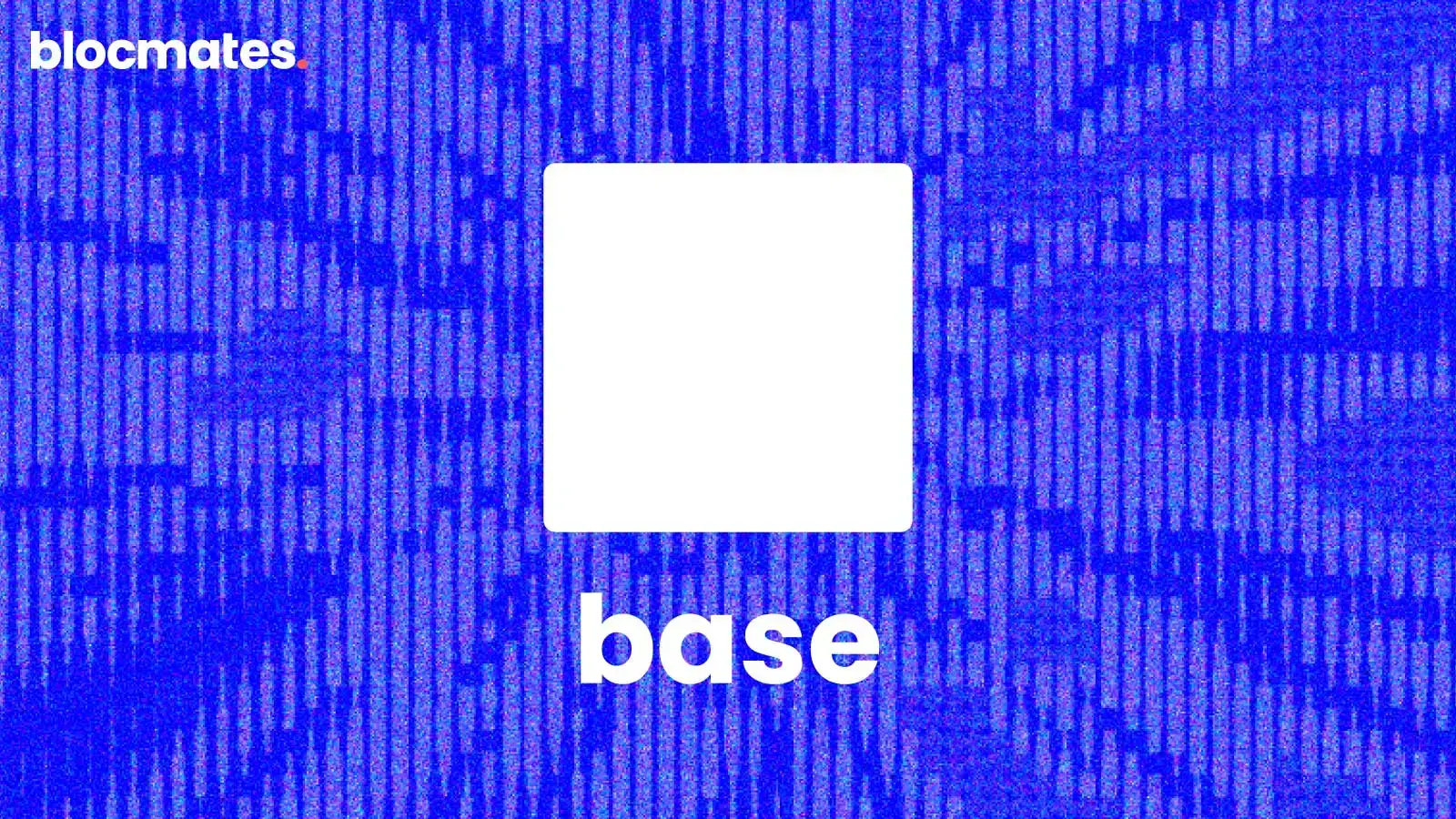
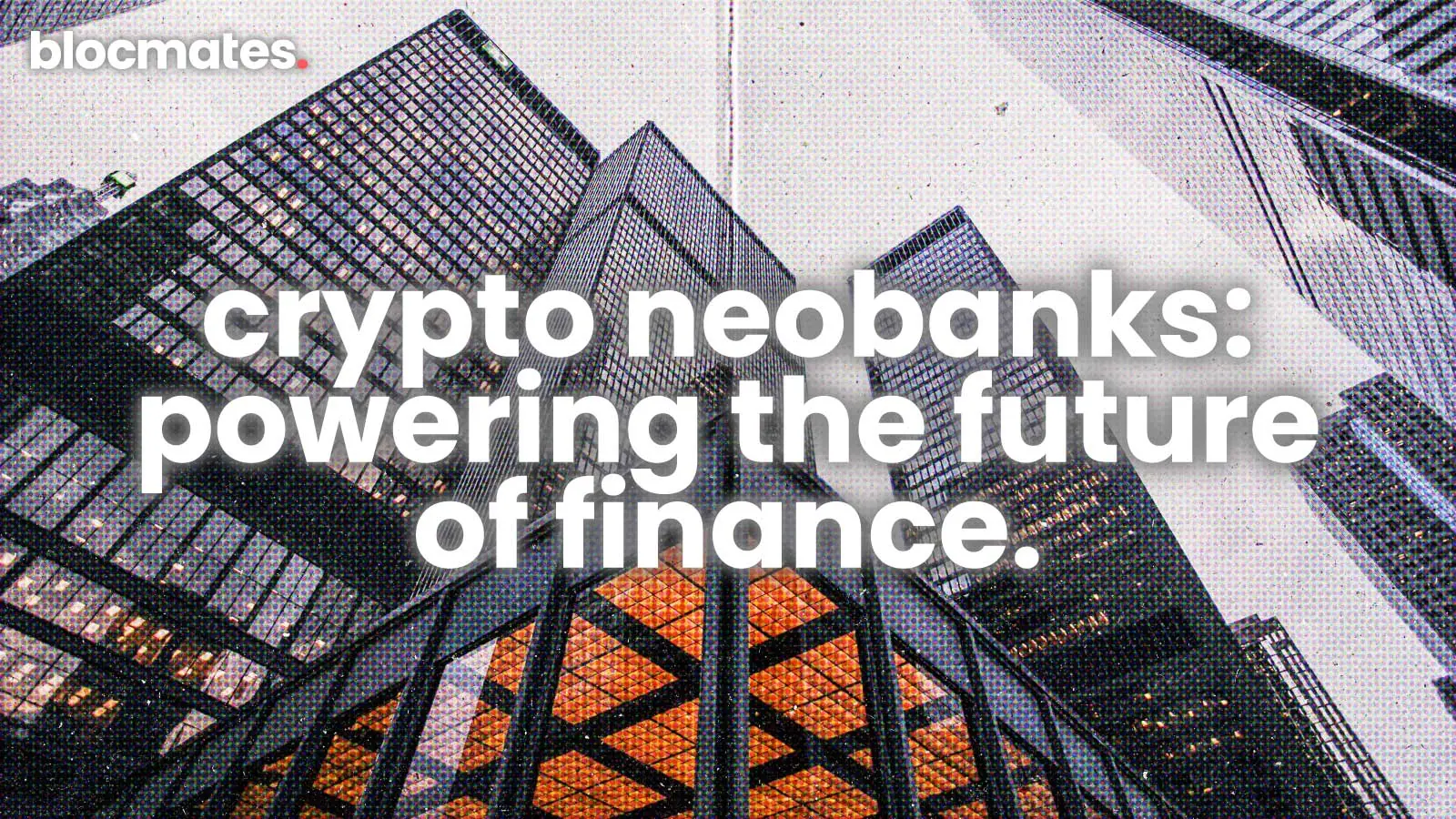


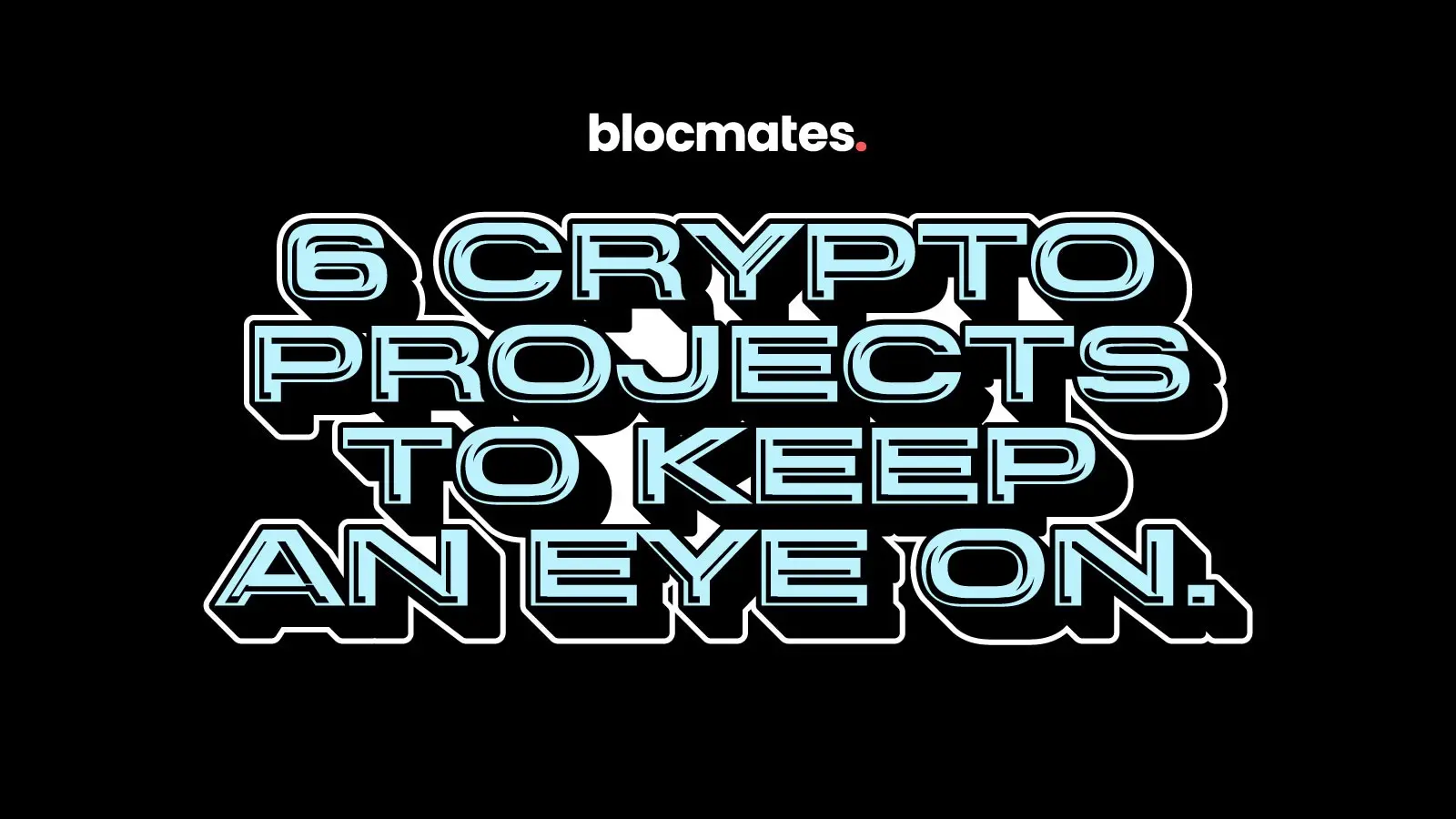
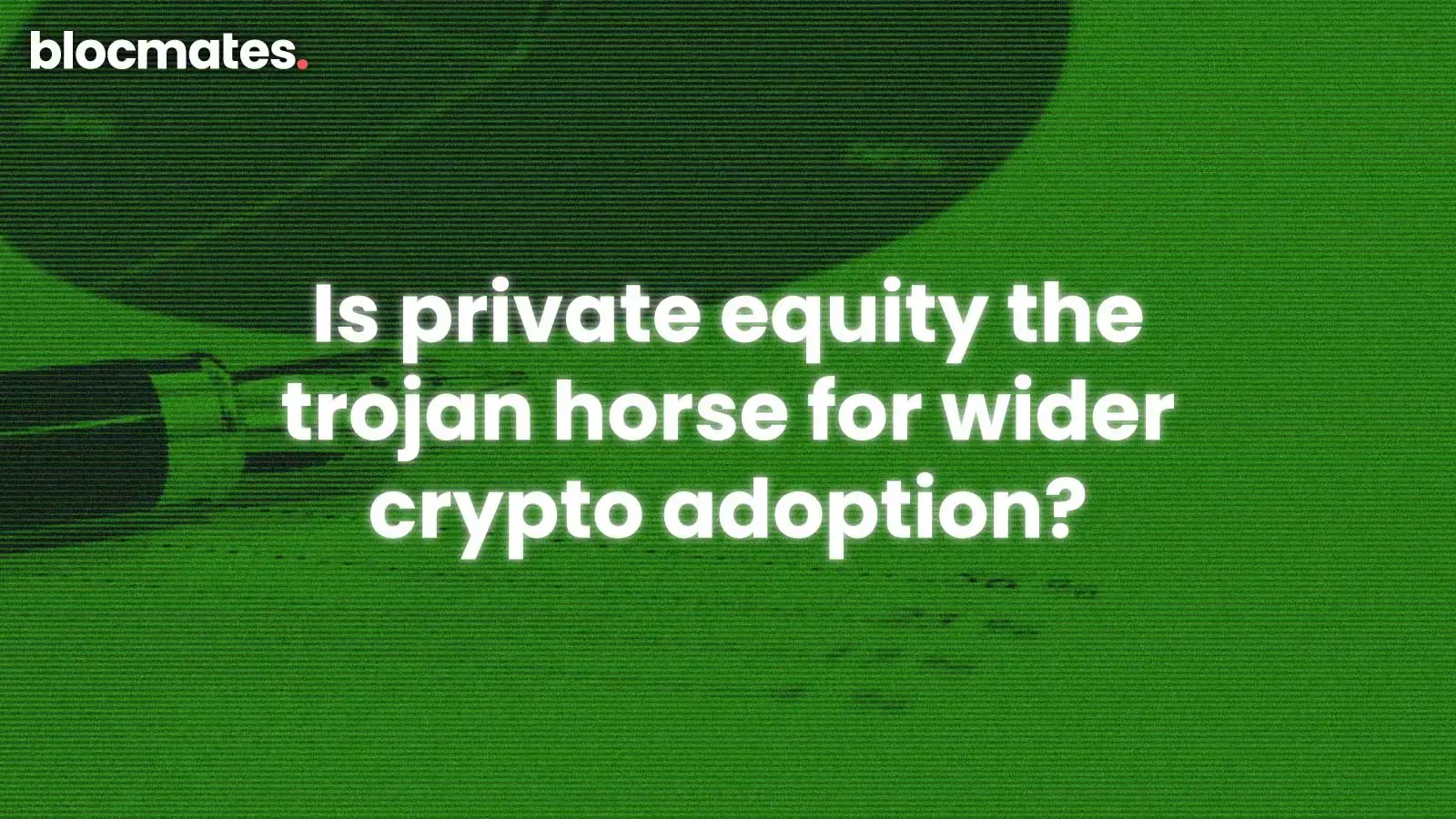
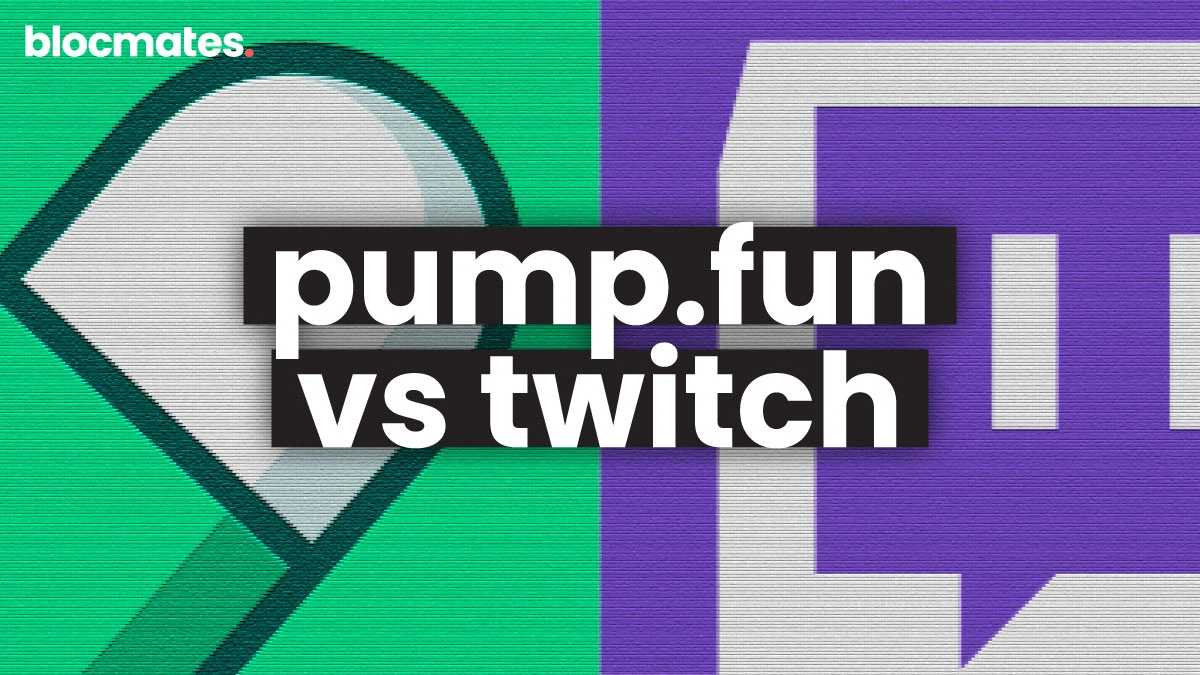

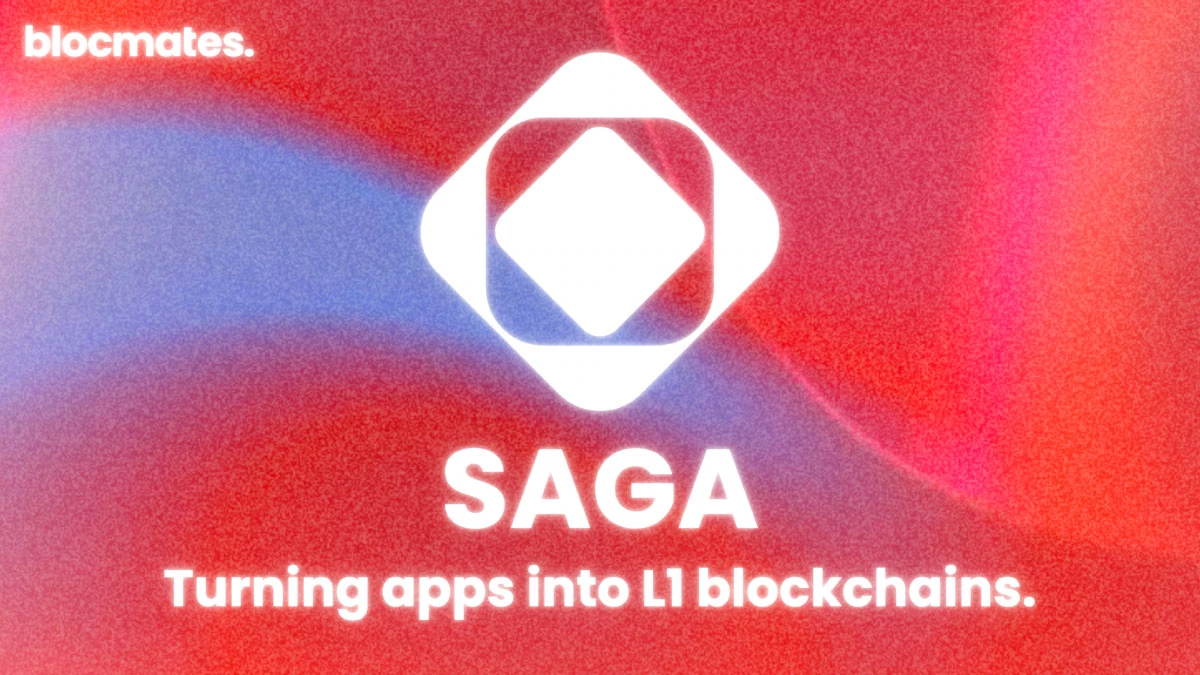

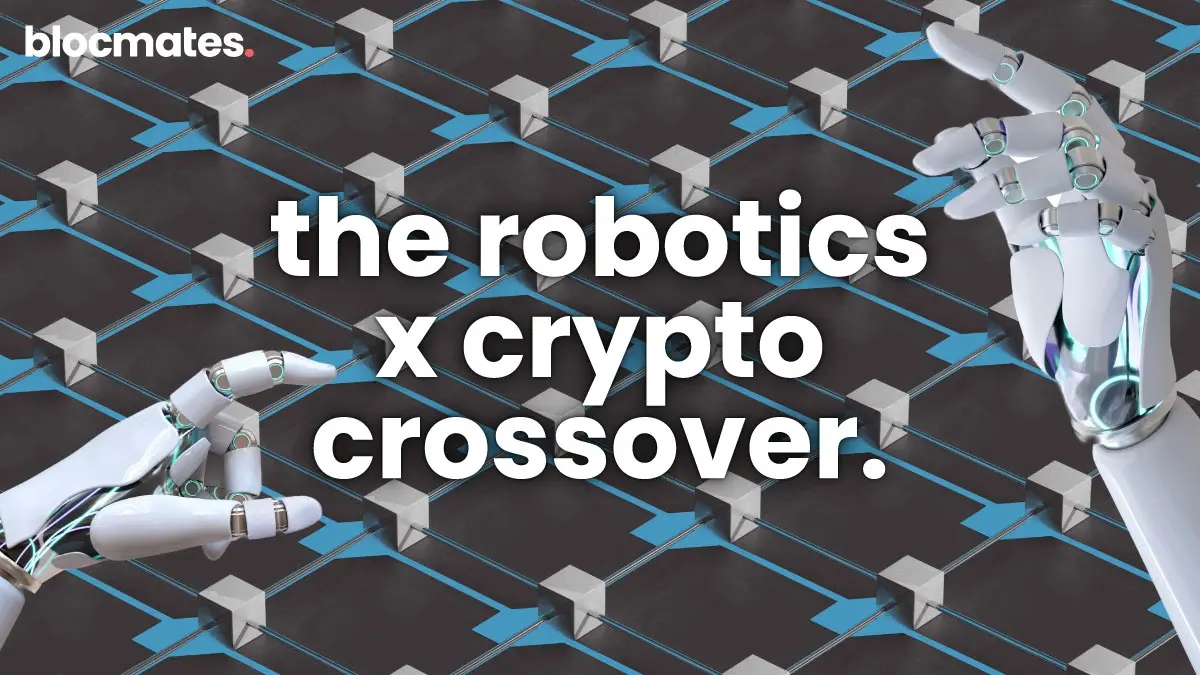
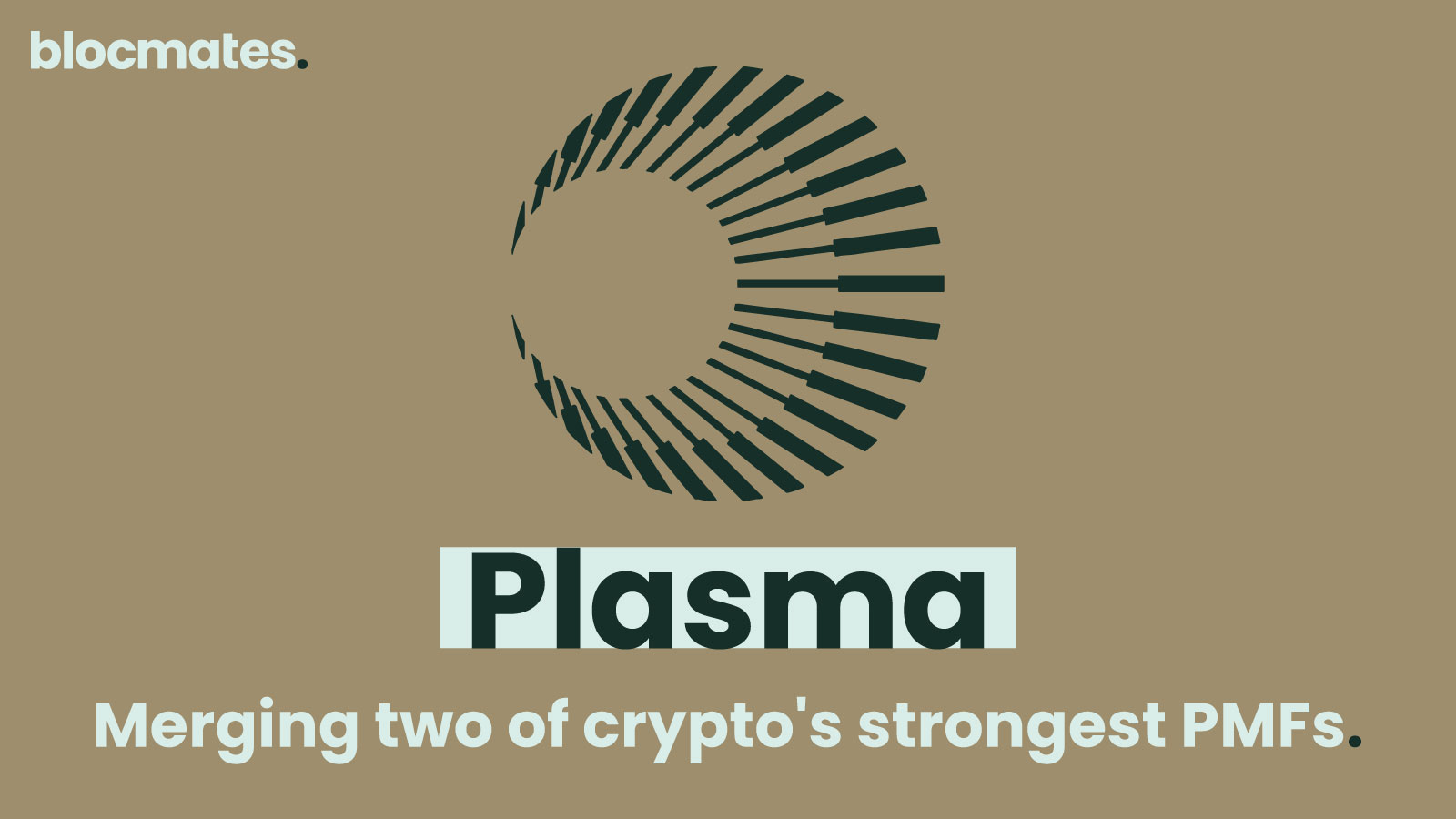

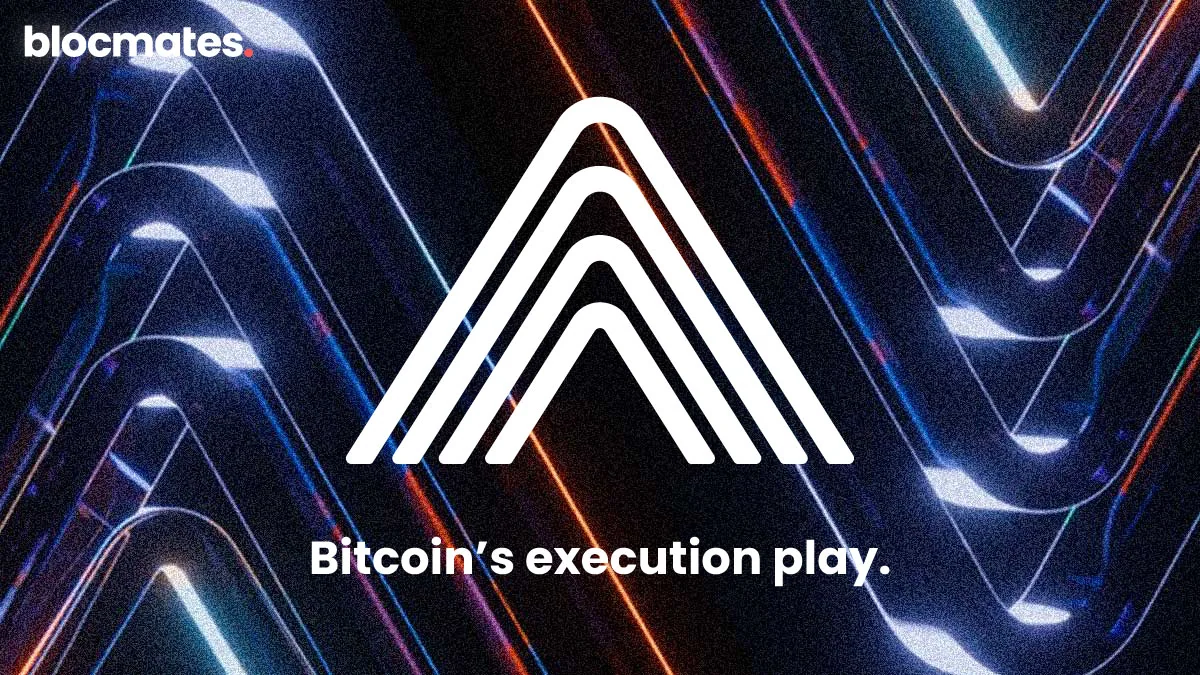
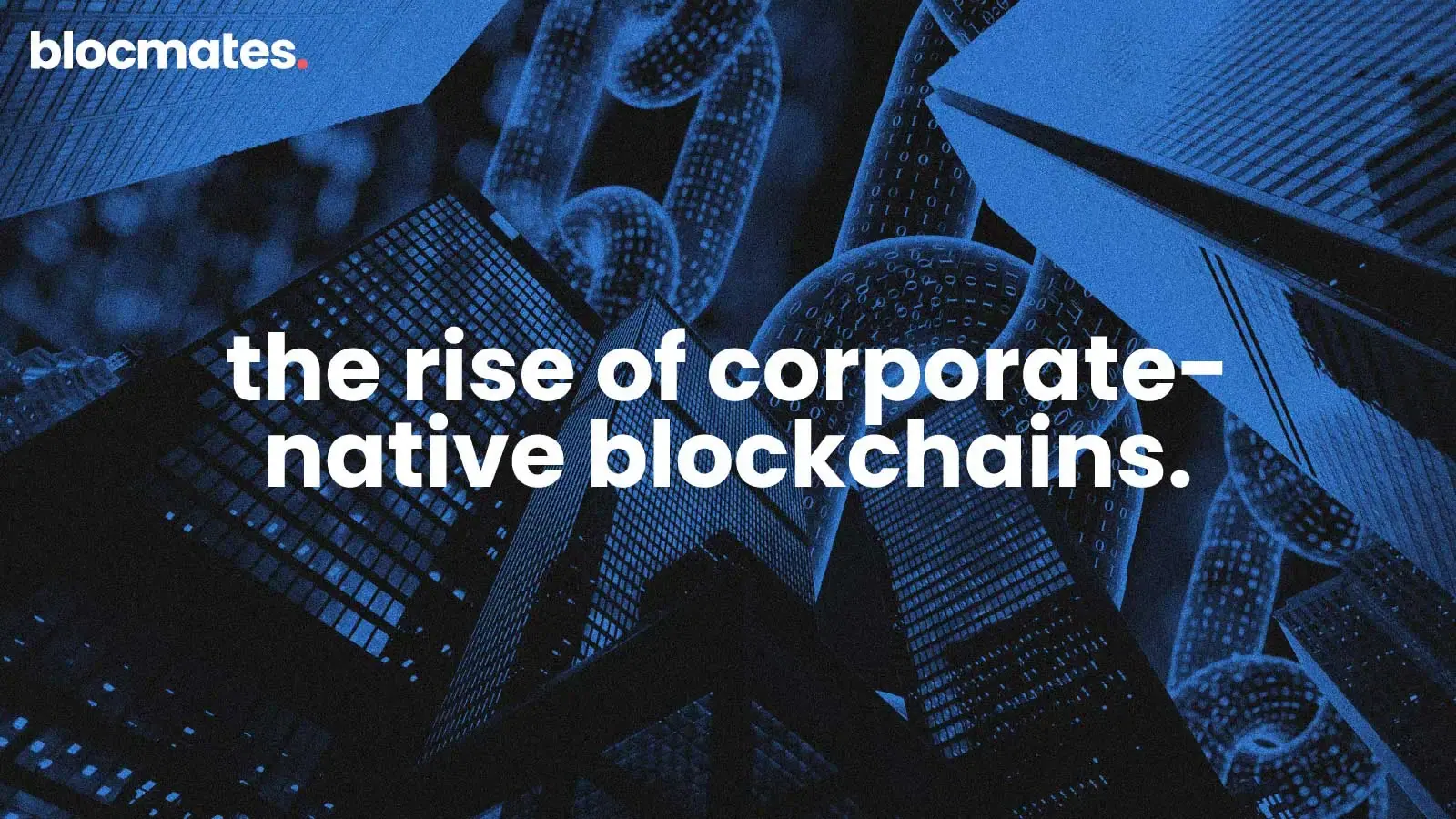
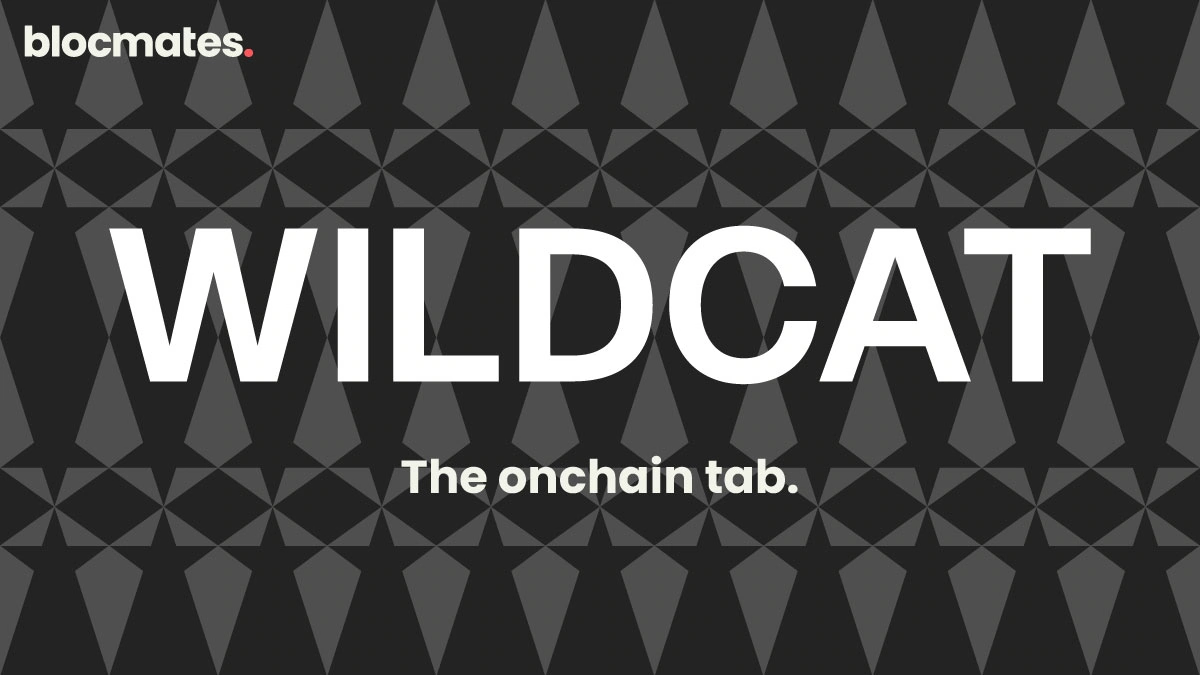
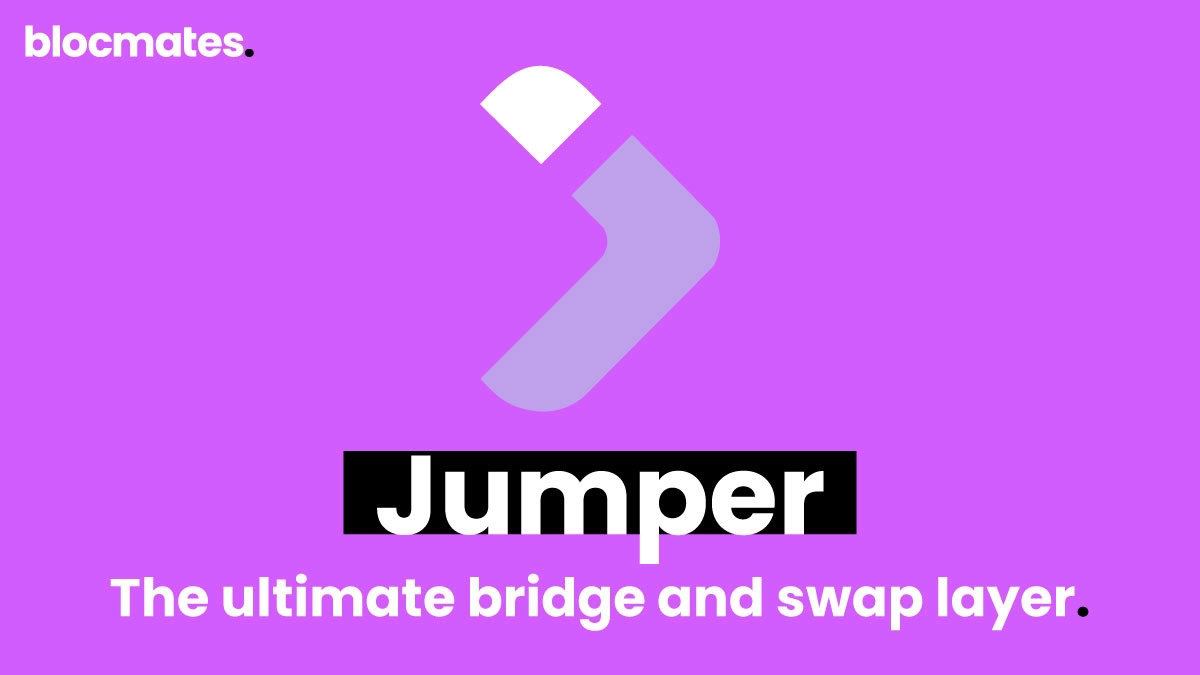
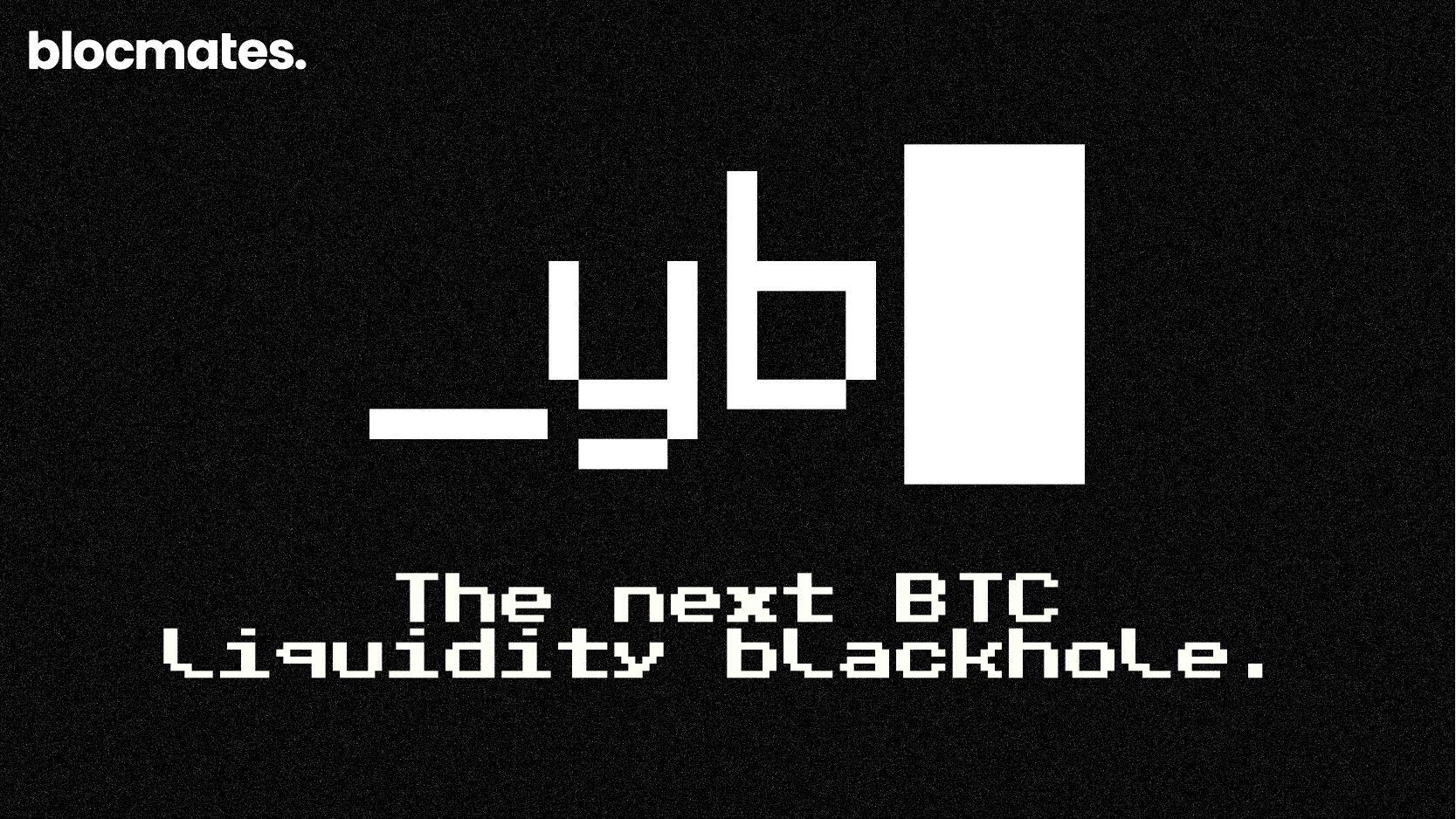
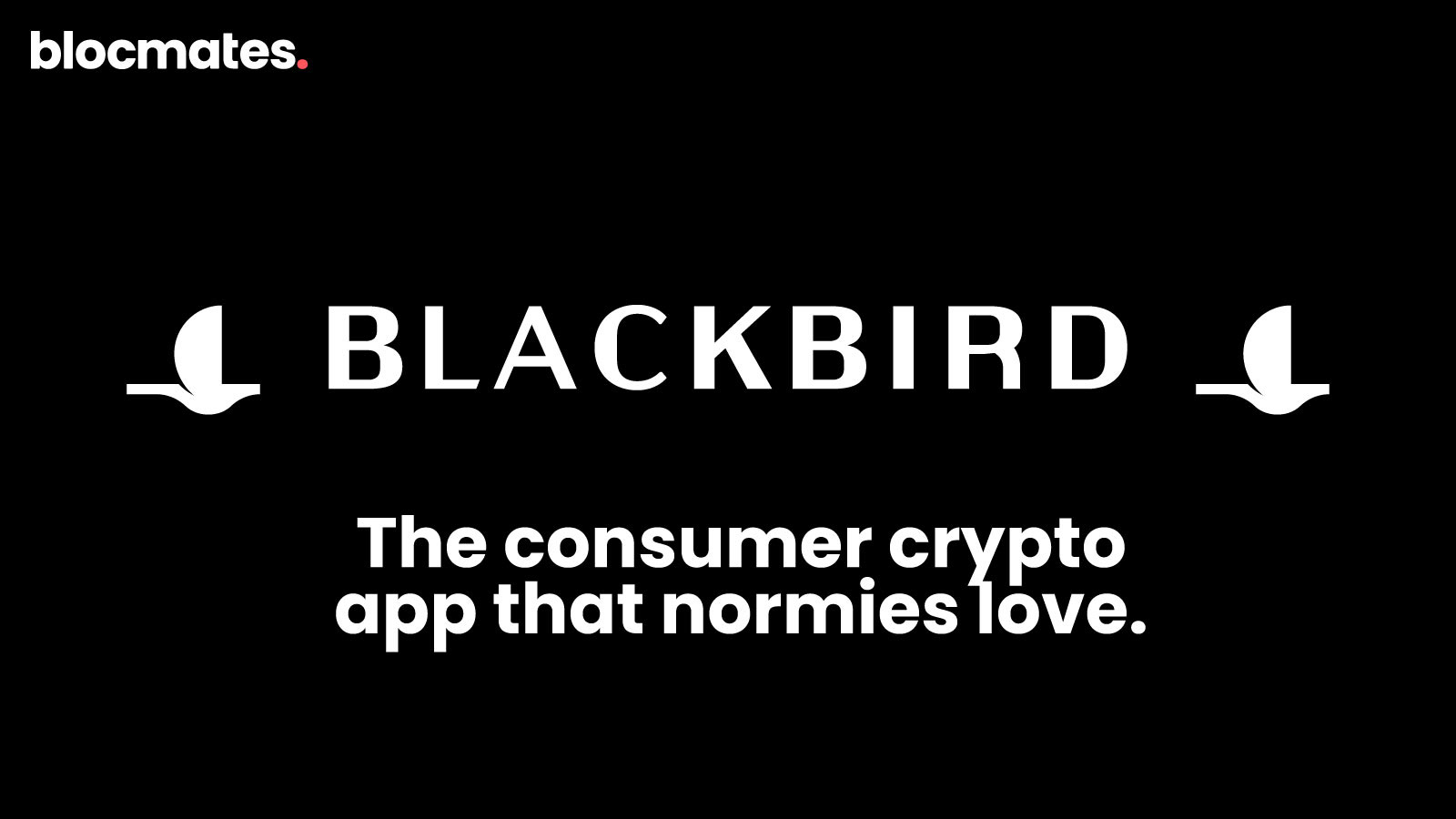
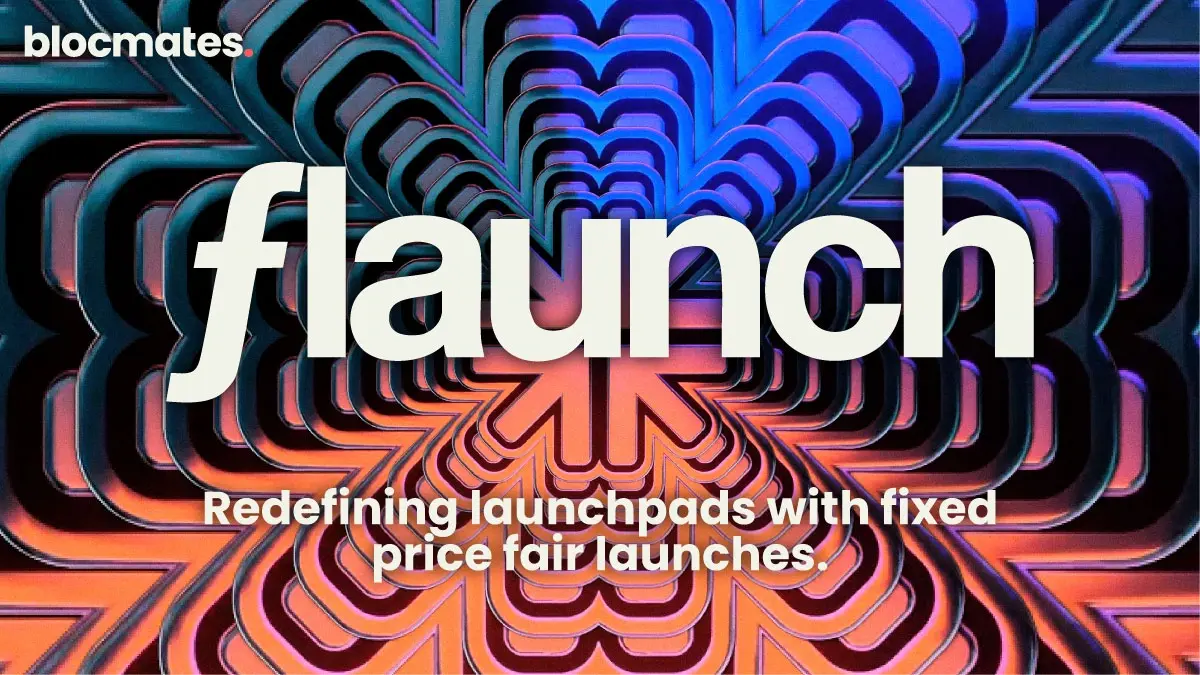

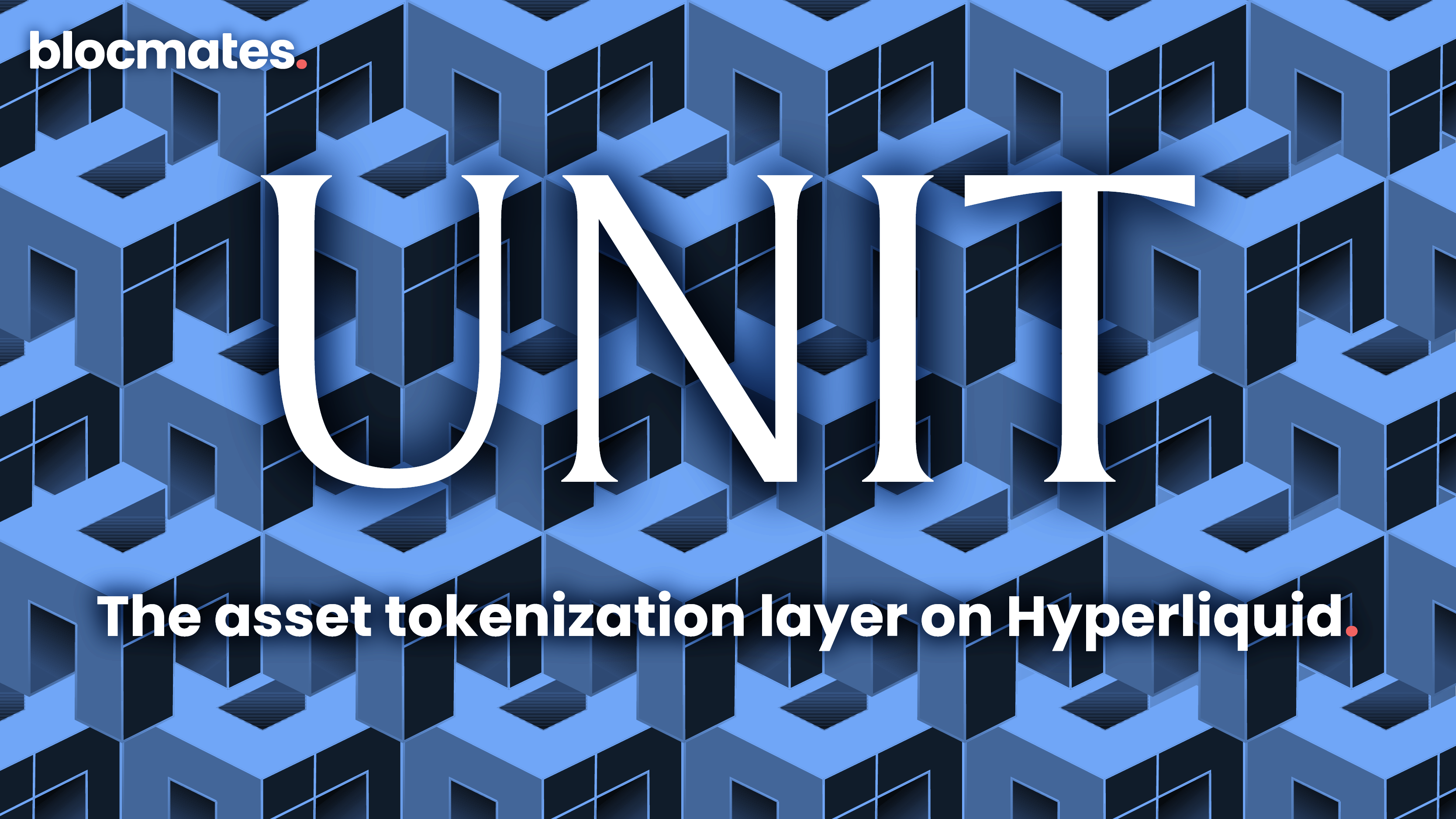




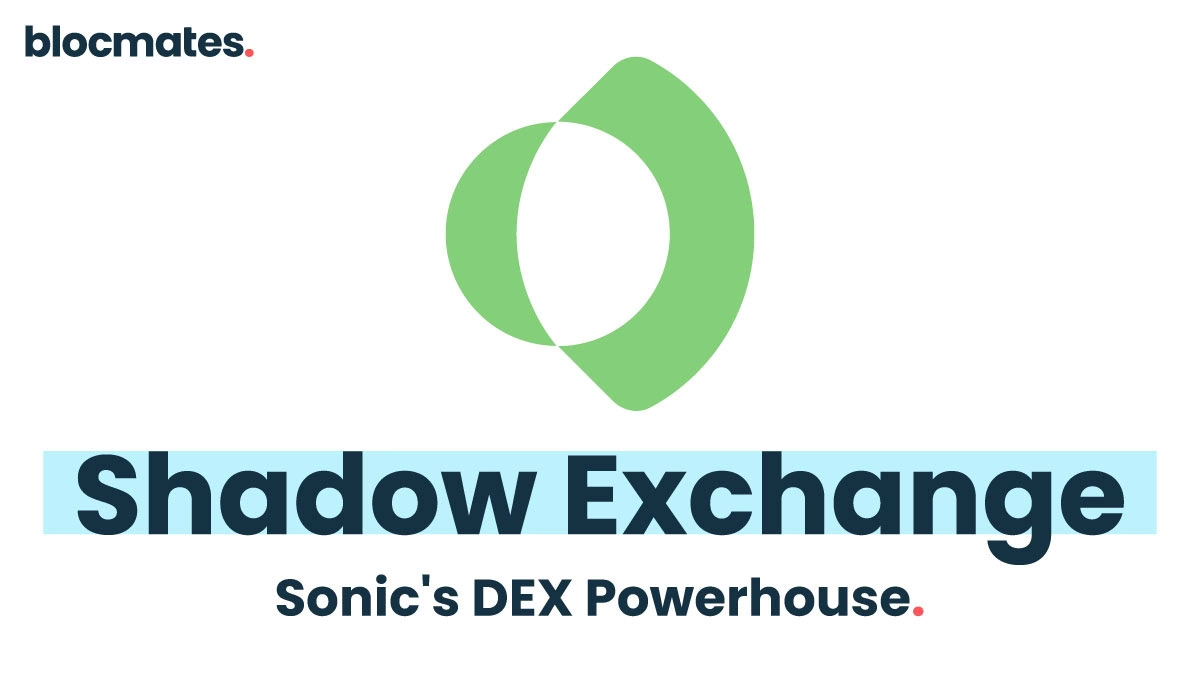


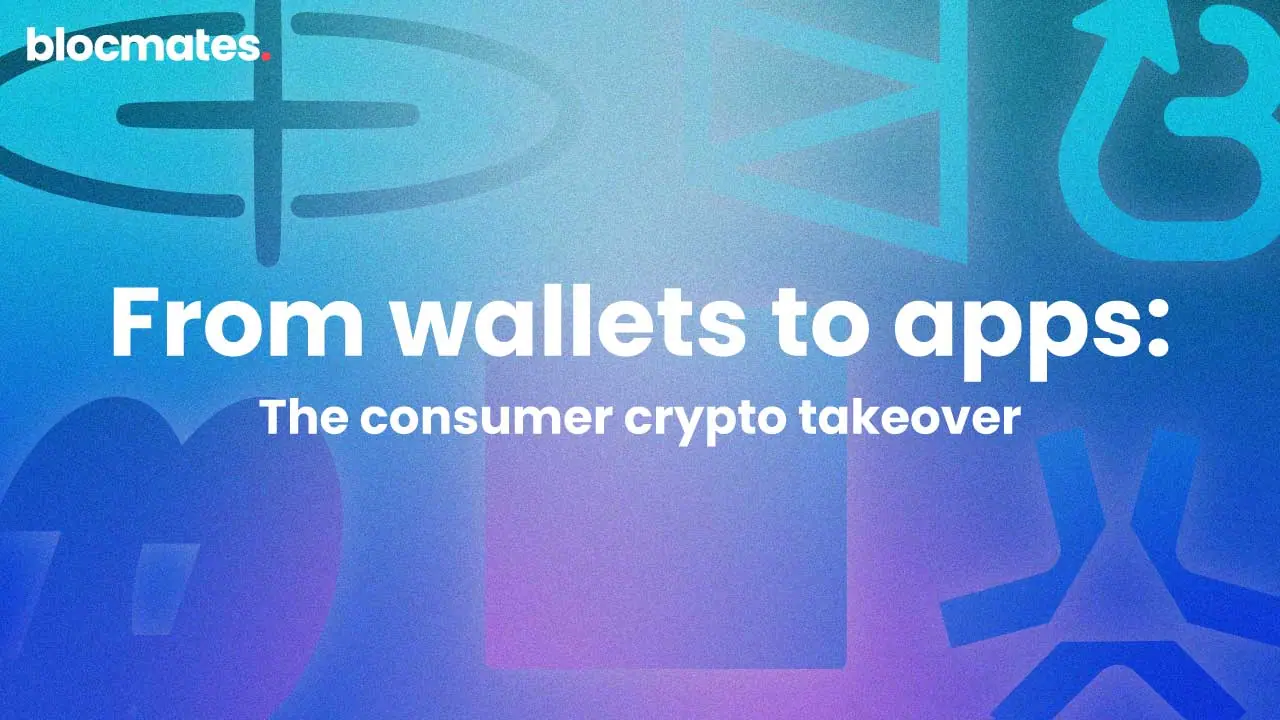



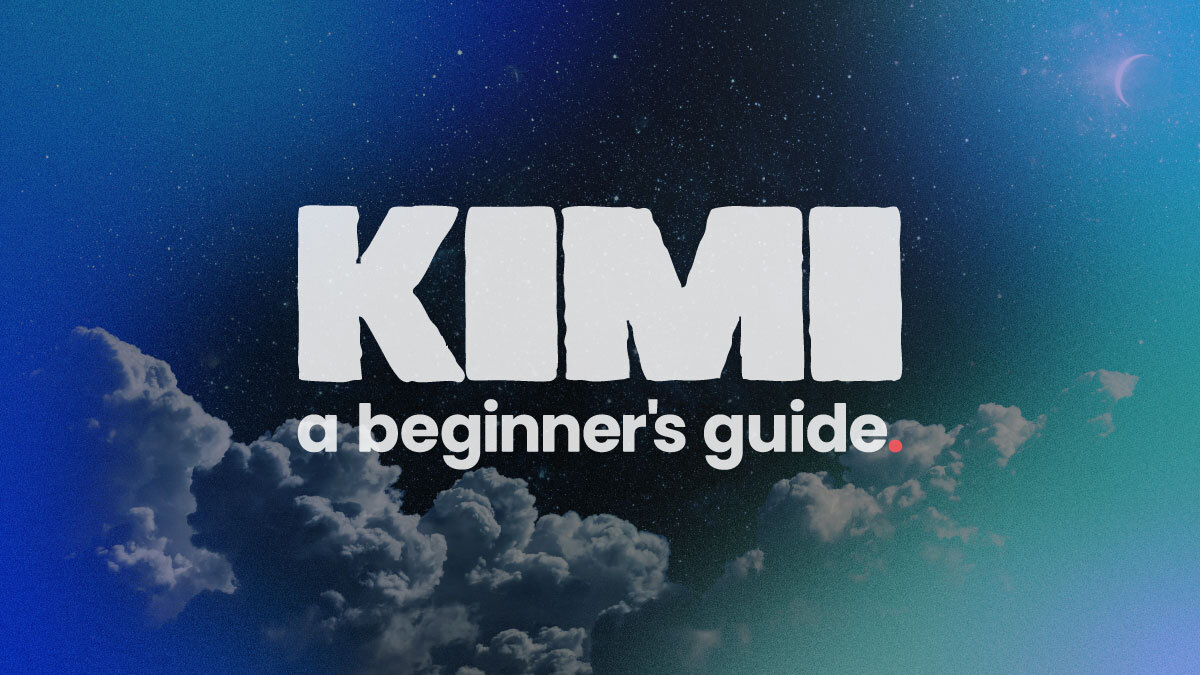
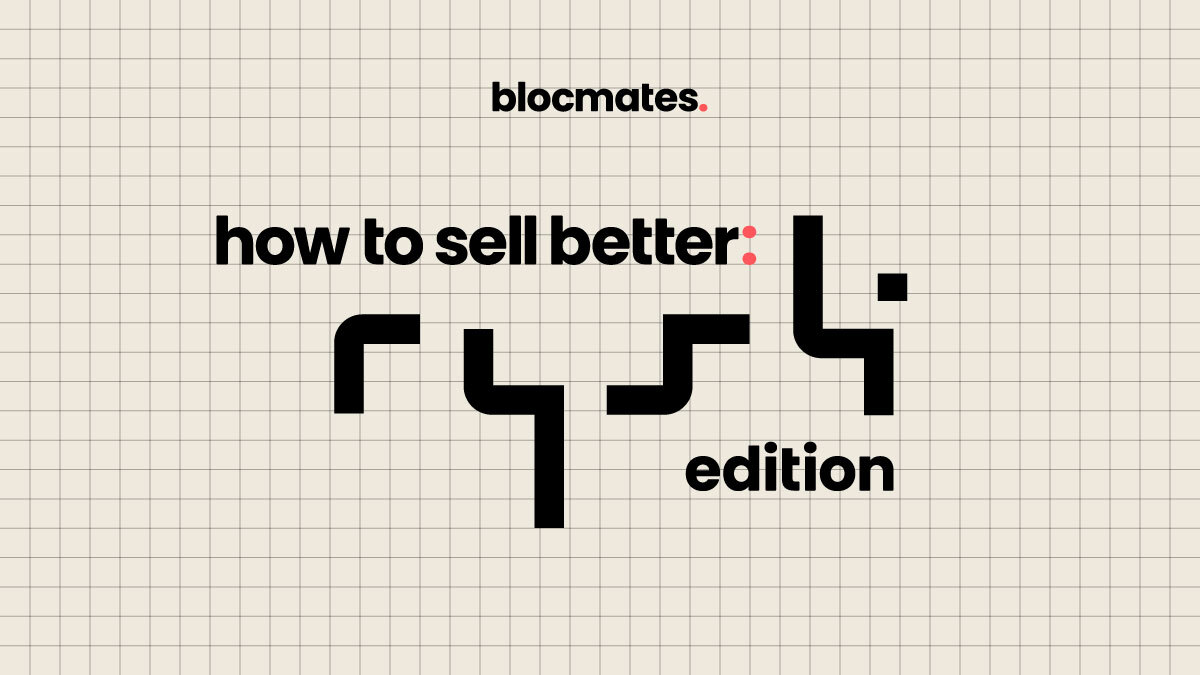
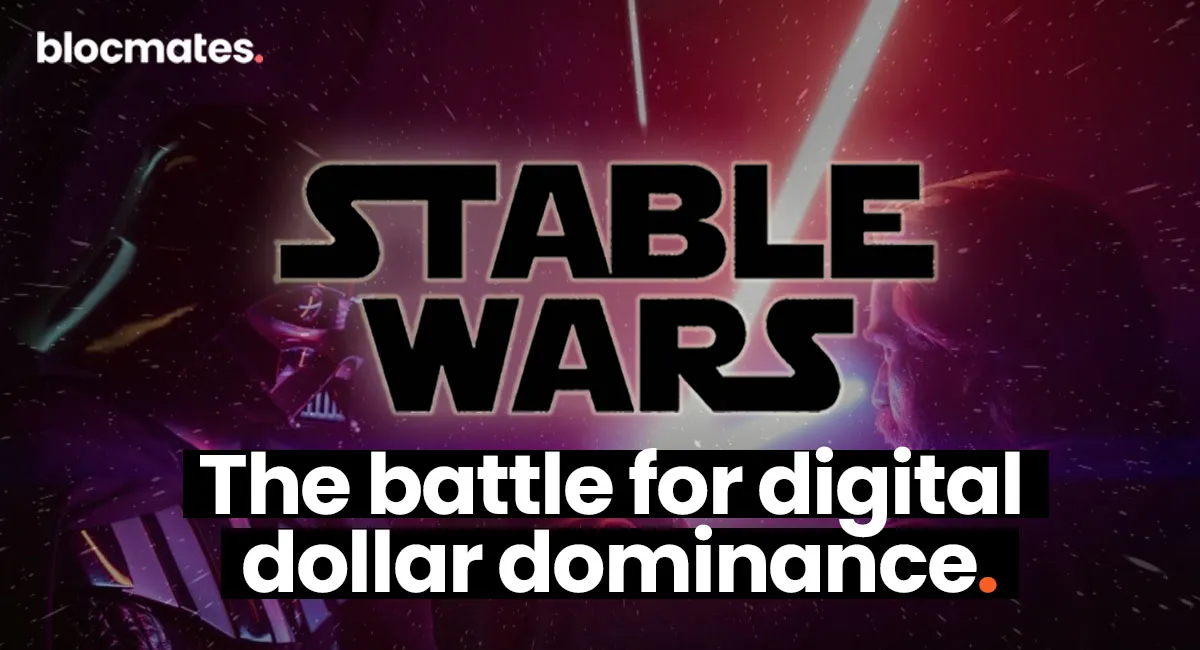

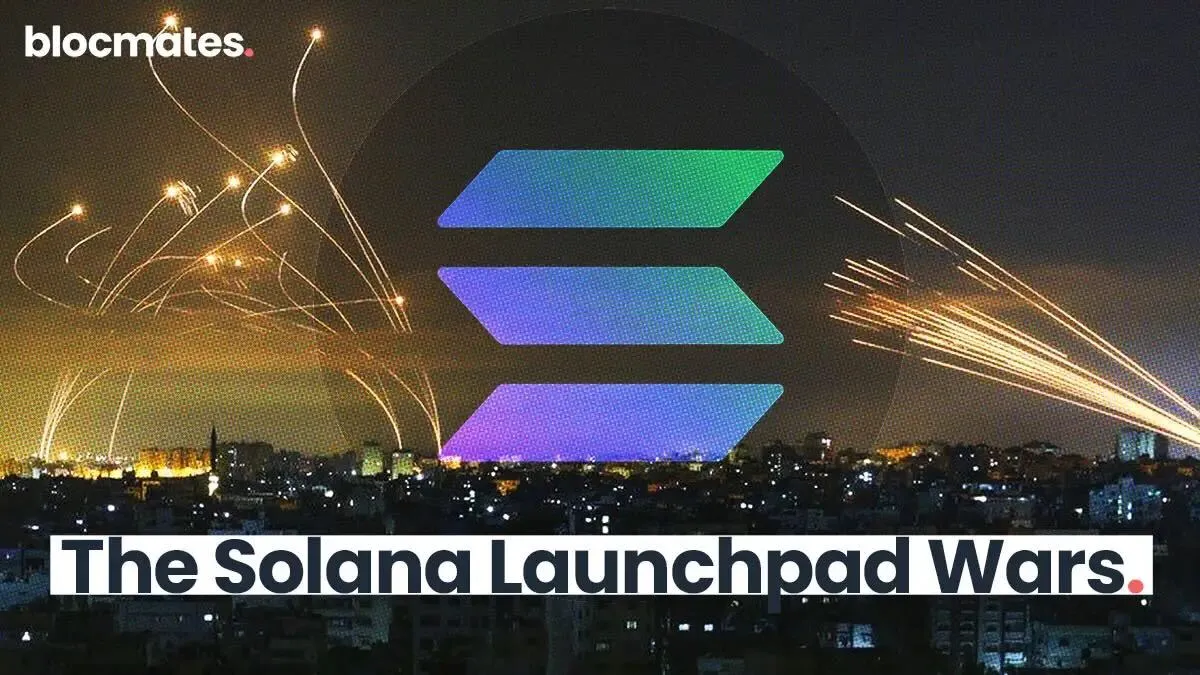




















%202.webp)


.webp)

.webp)
.webp)
.webp)



.webp)

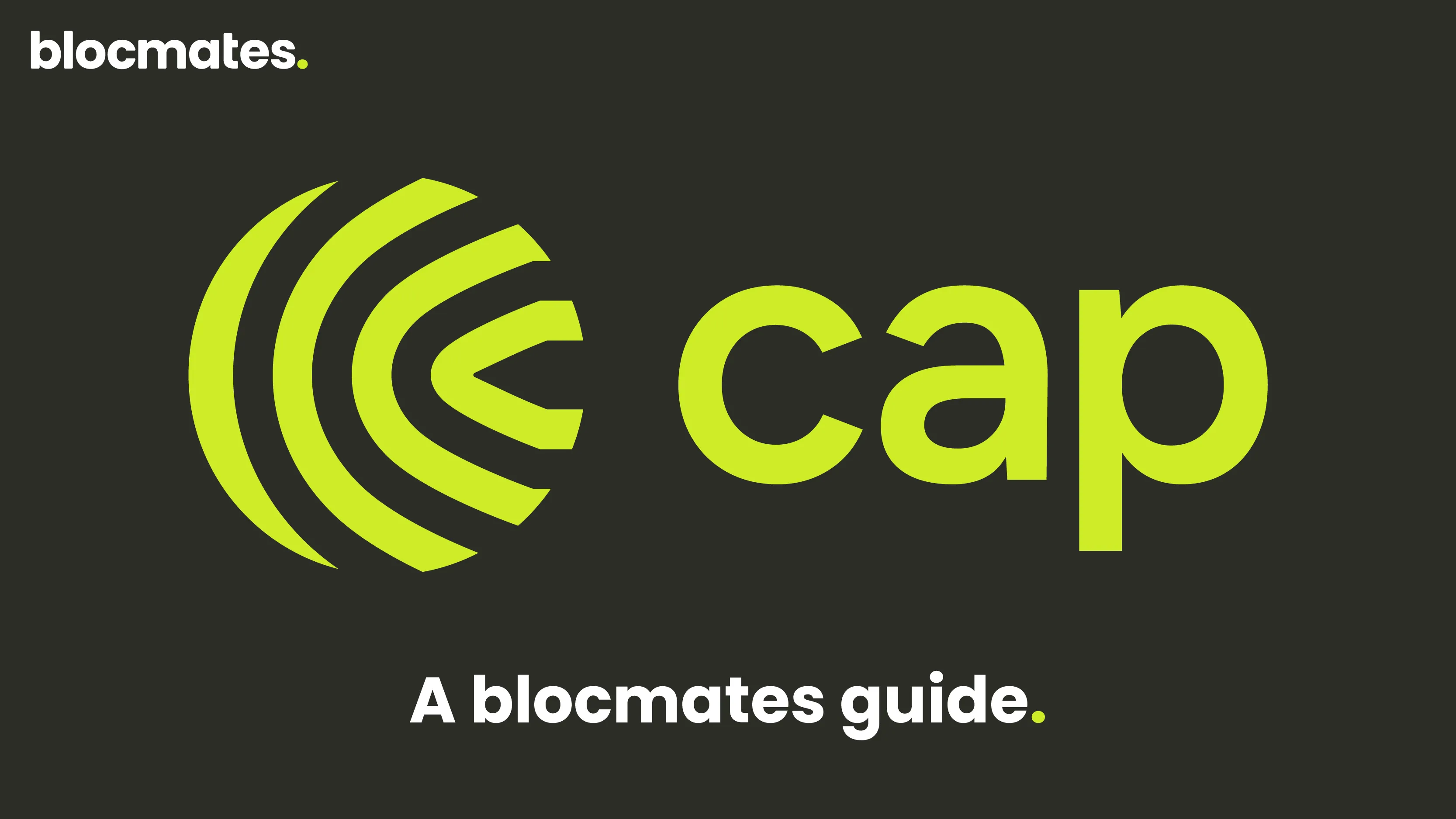










%20the%20Next%20Big%20Unlock%20in%20AI.webp)




.webp)
.webp)

.webp)
.webp)
.webp)


.webp)
.webp)










.webp)


.webp)









.webp)







.webp)
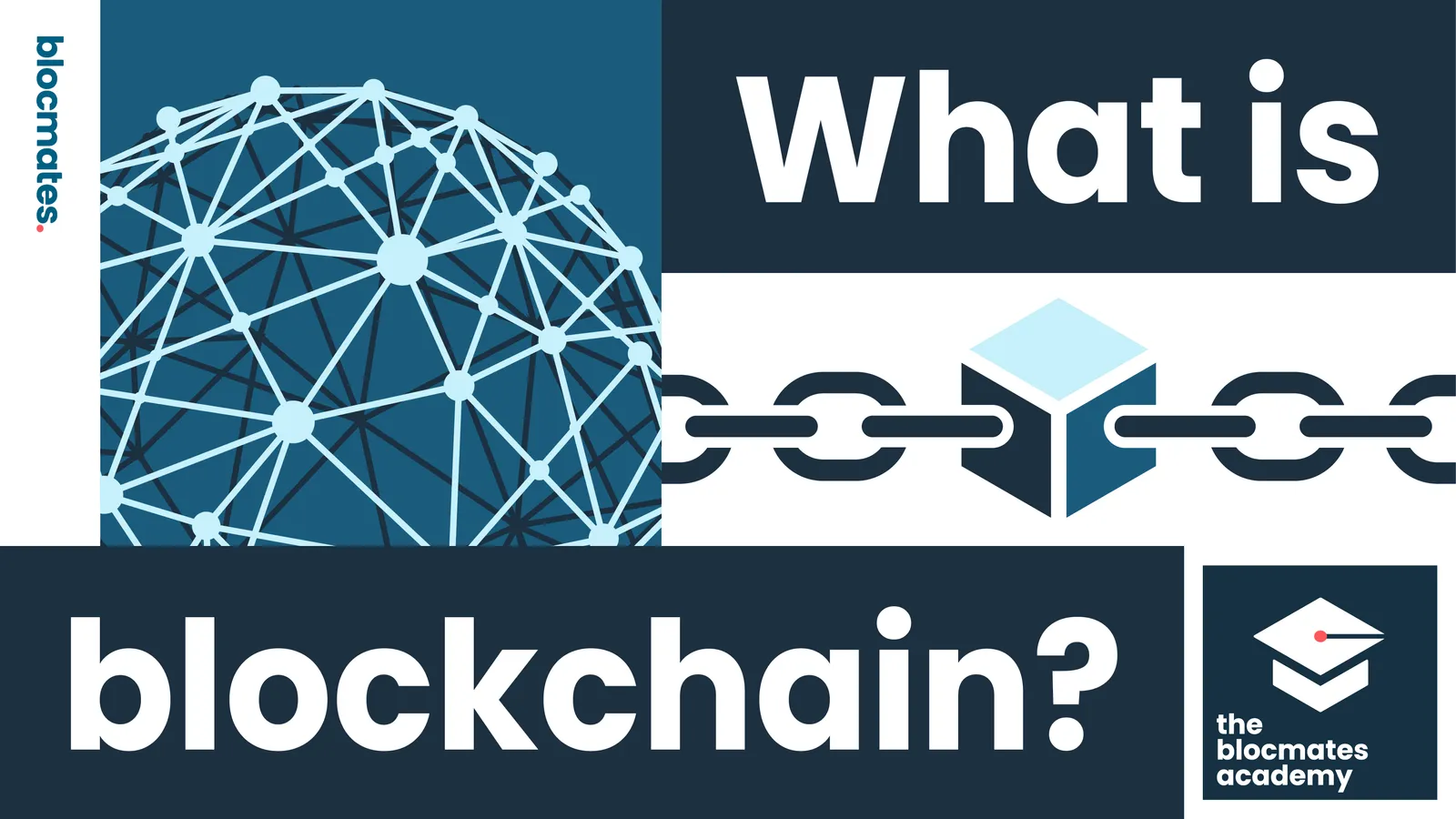



.webp)






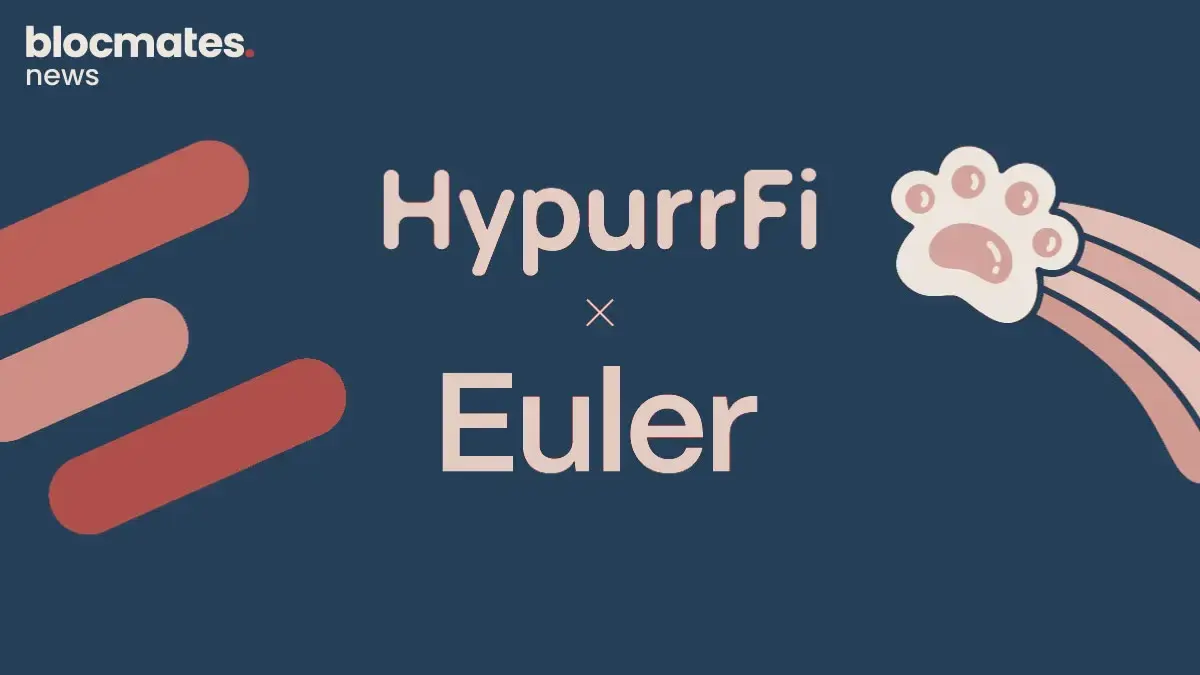







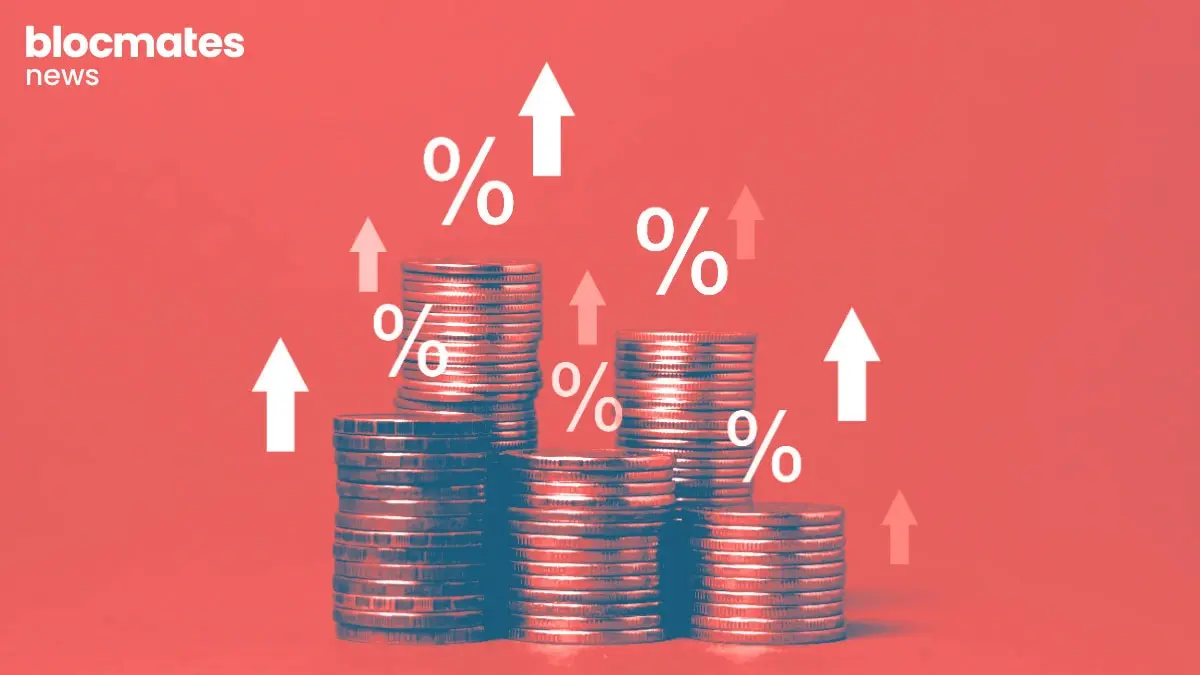

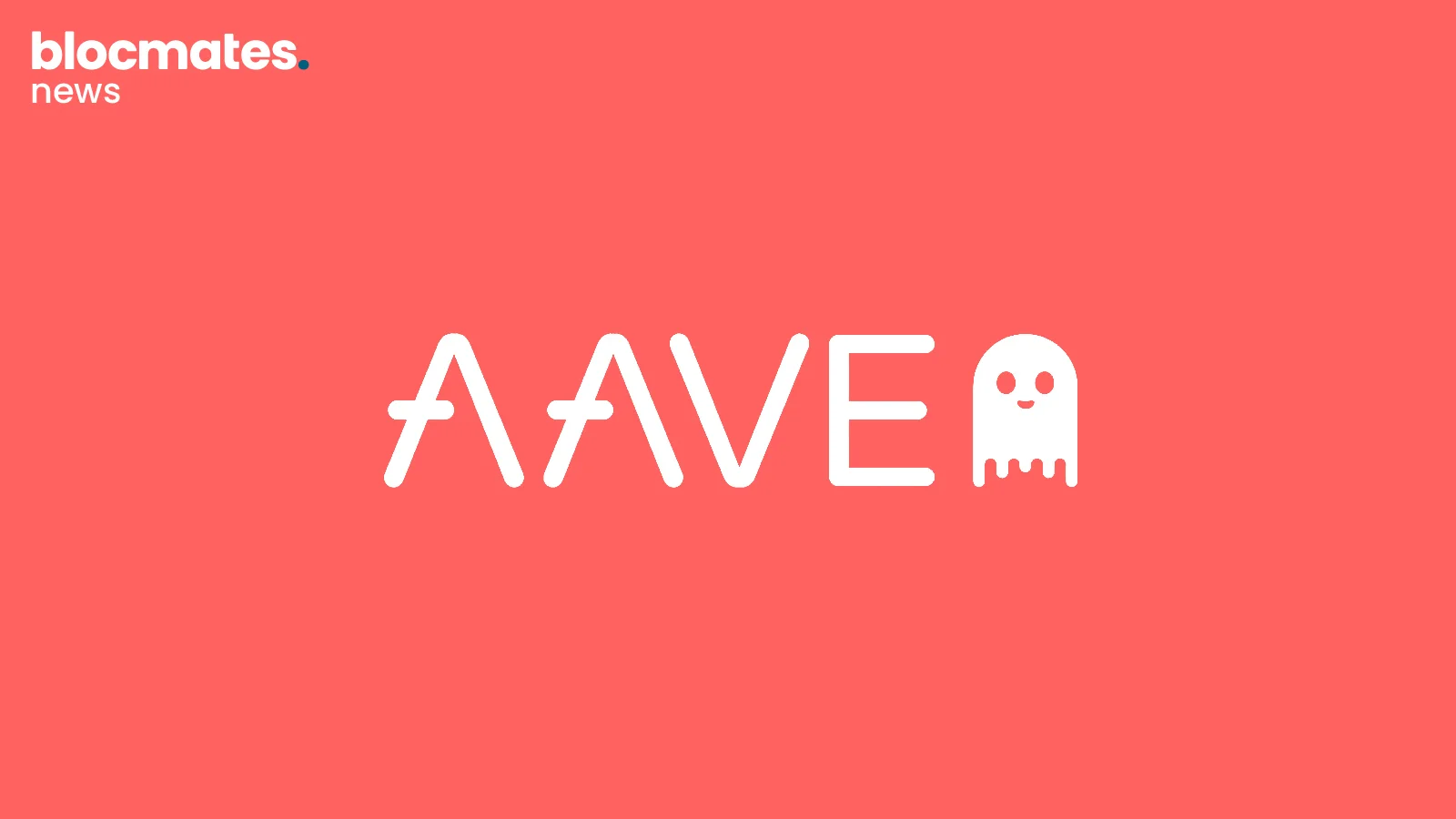
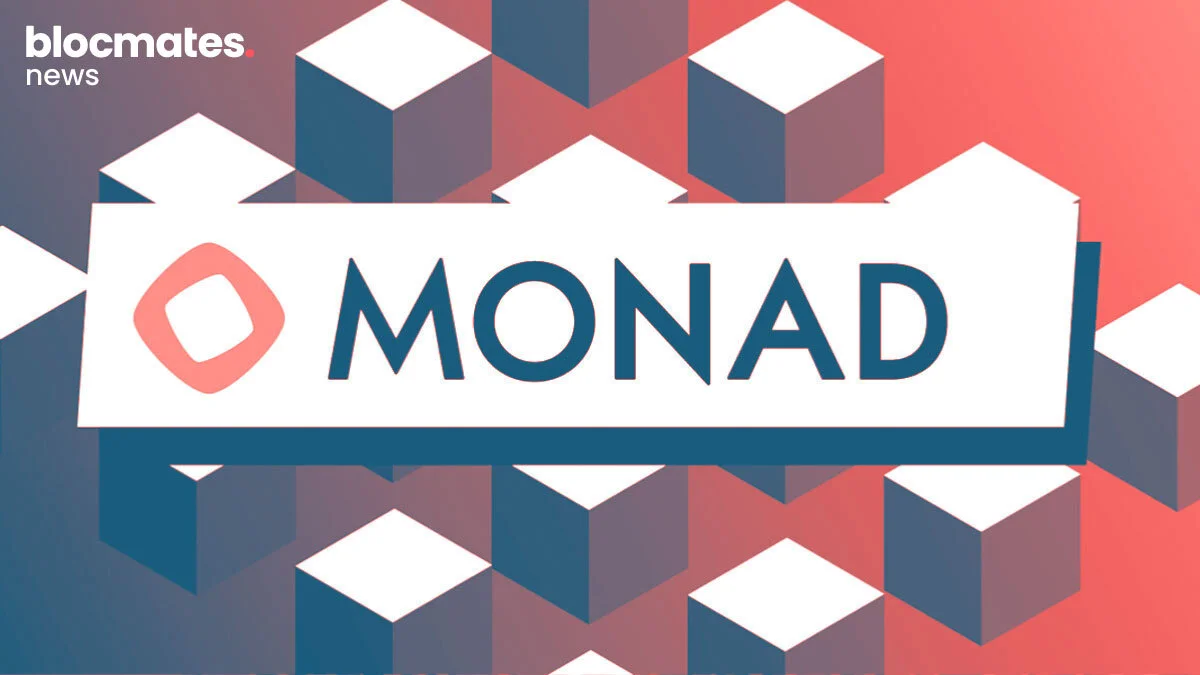
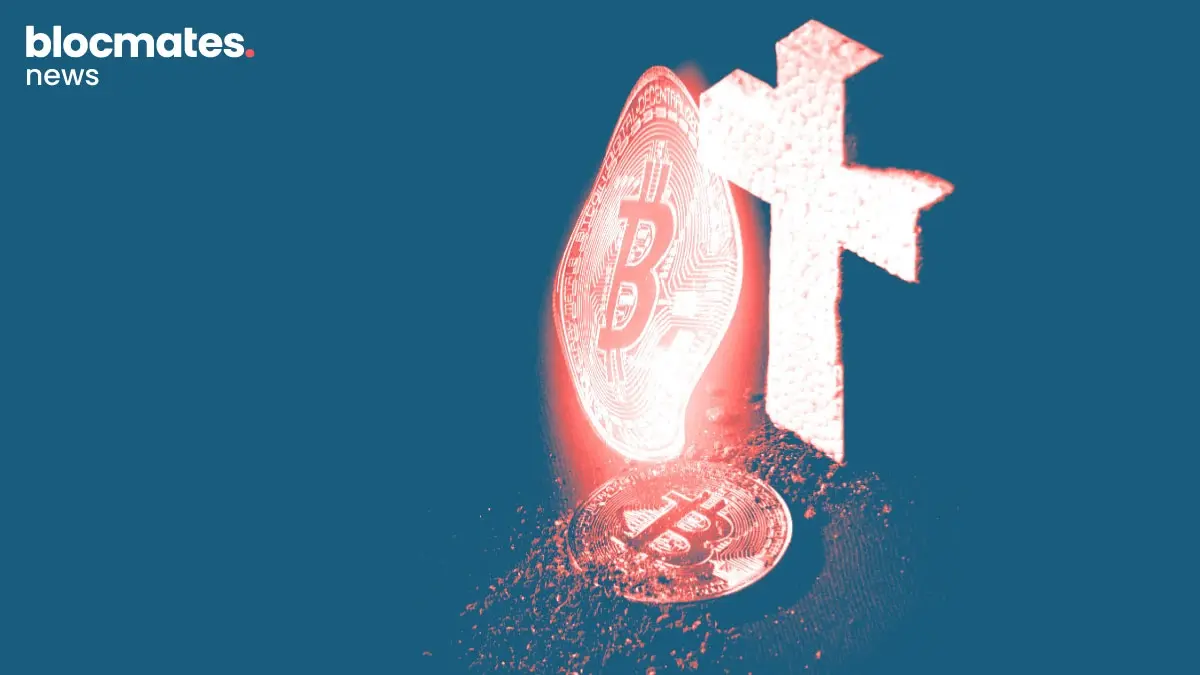

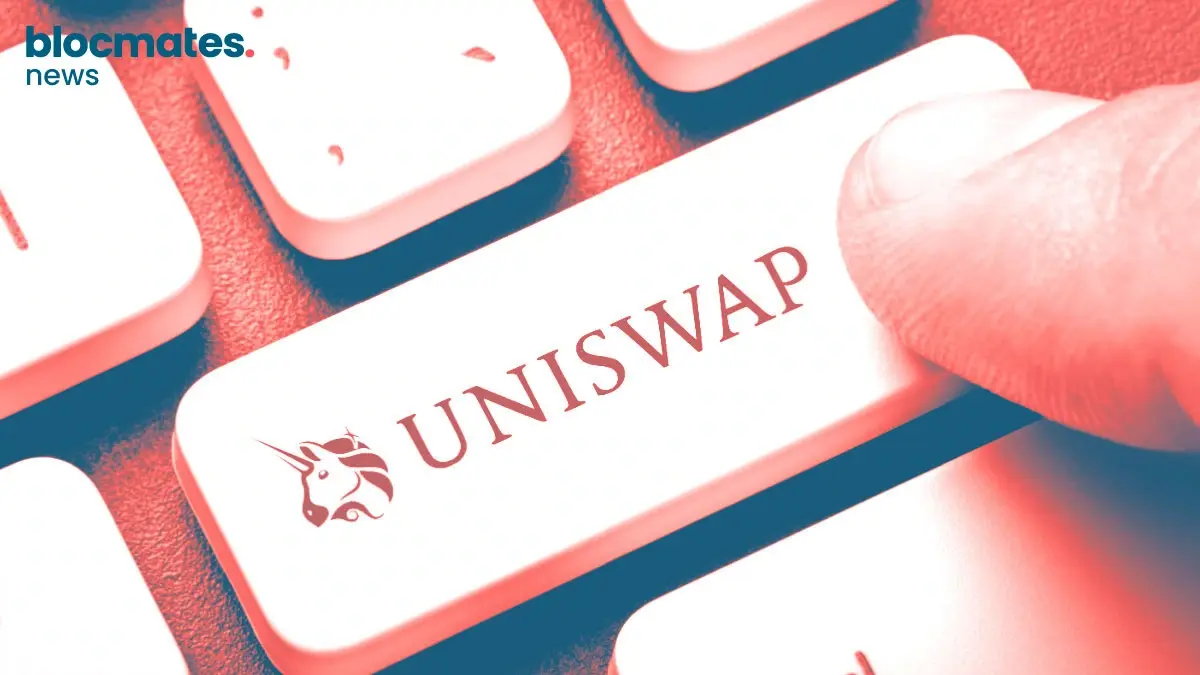
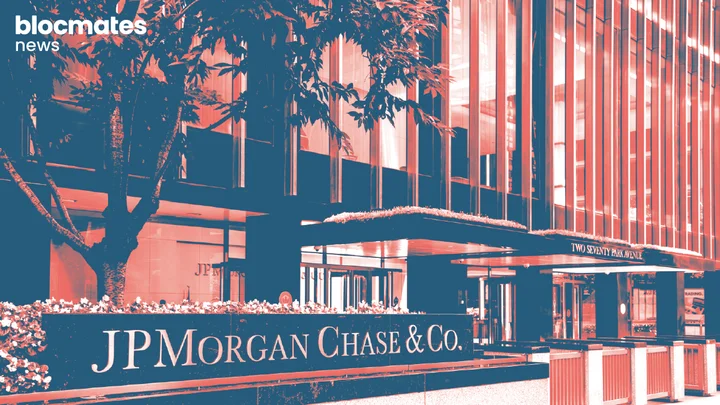


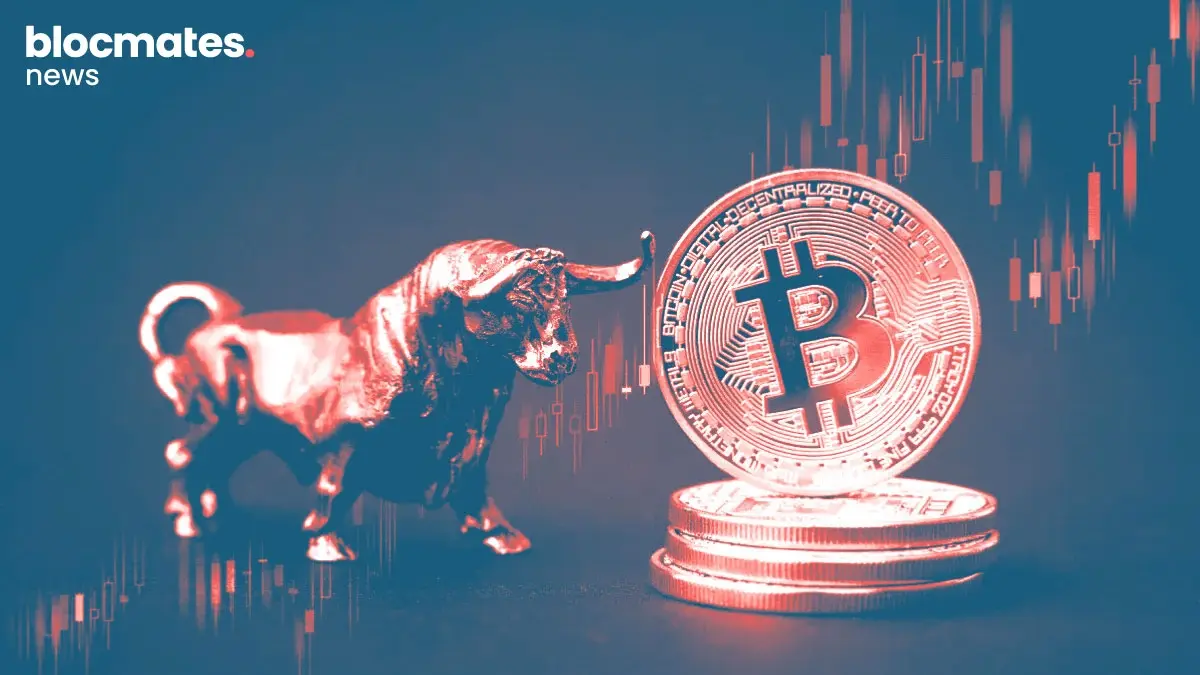

.webp)
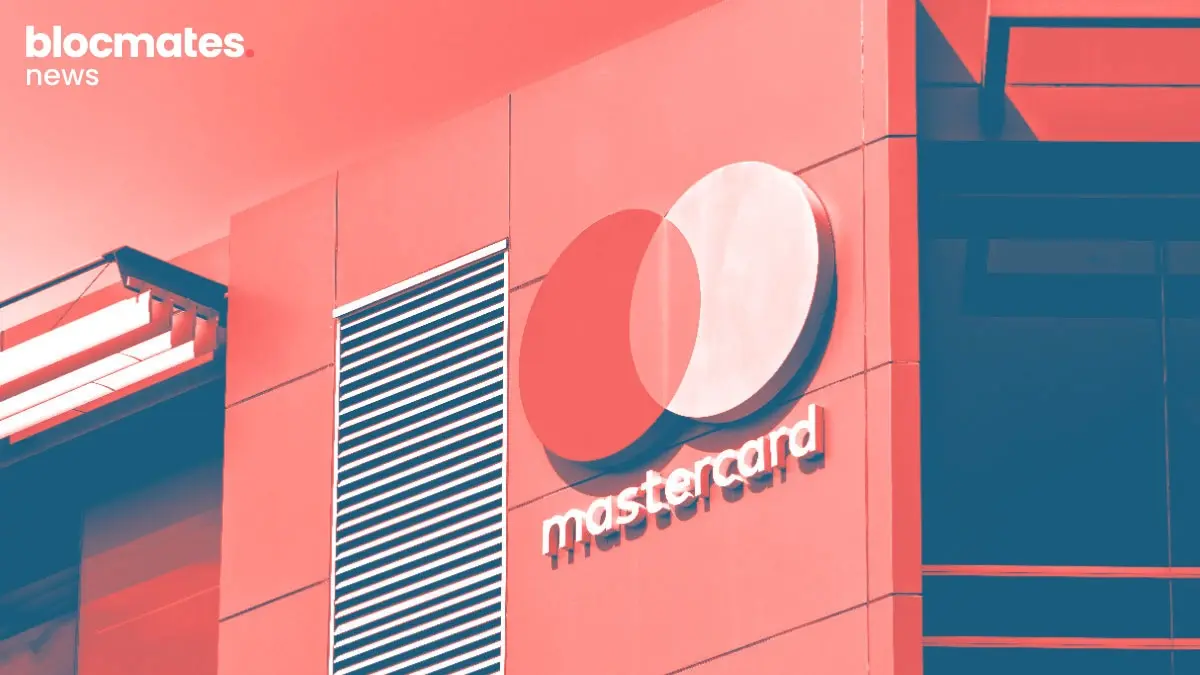

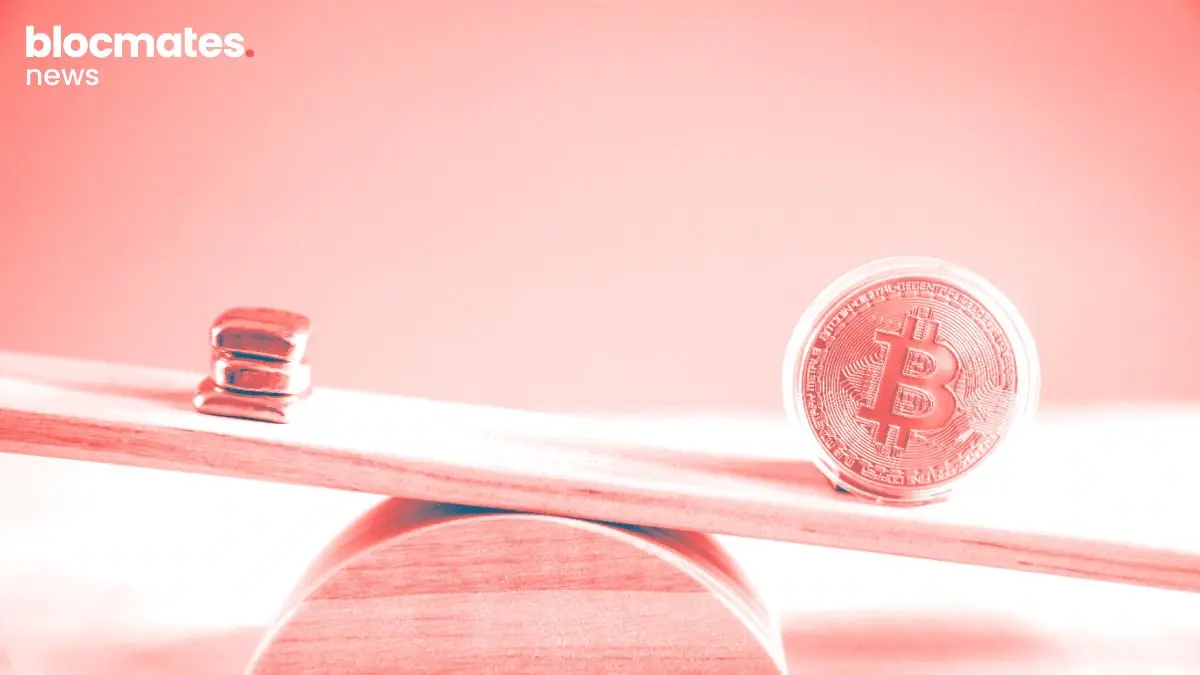
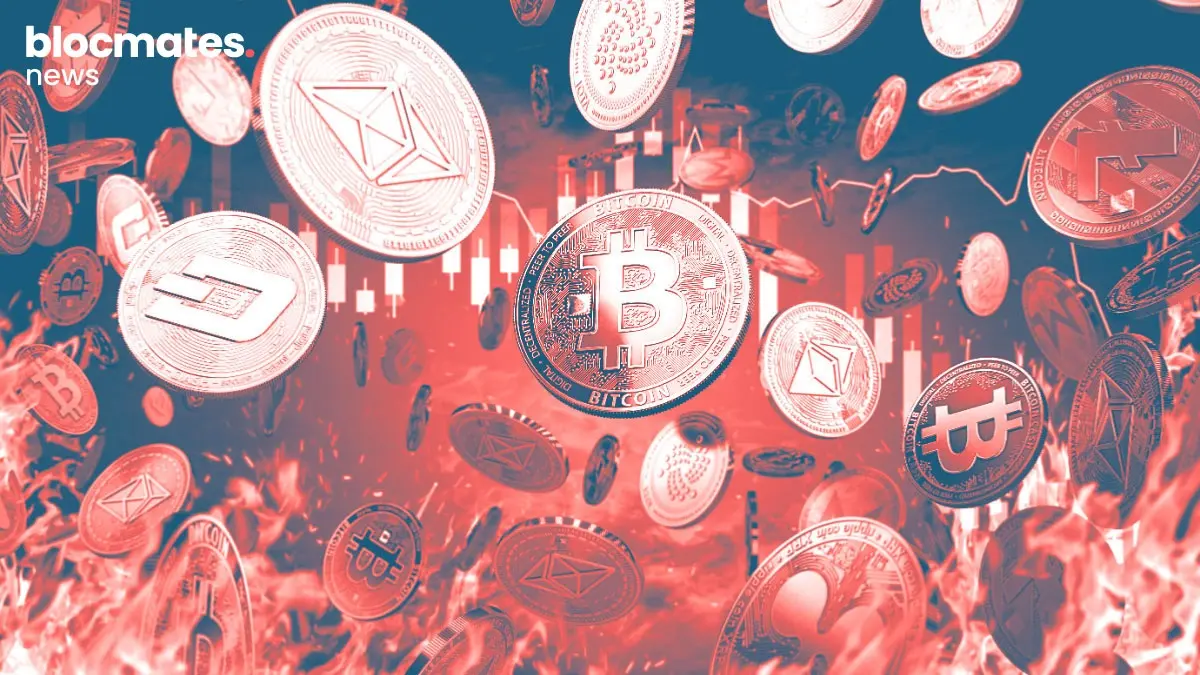



.webp)
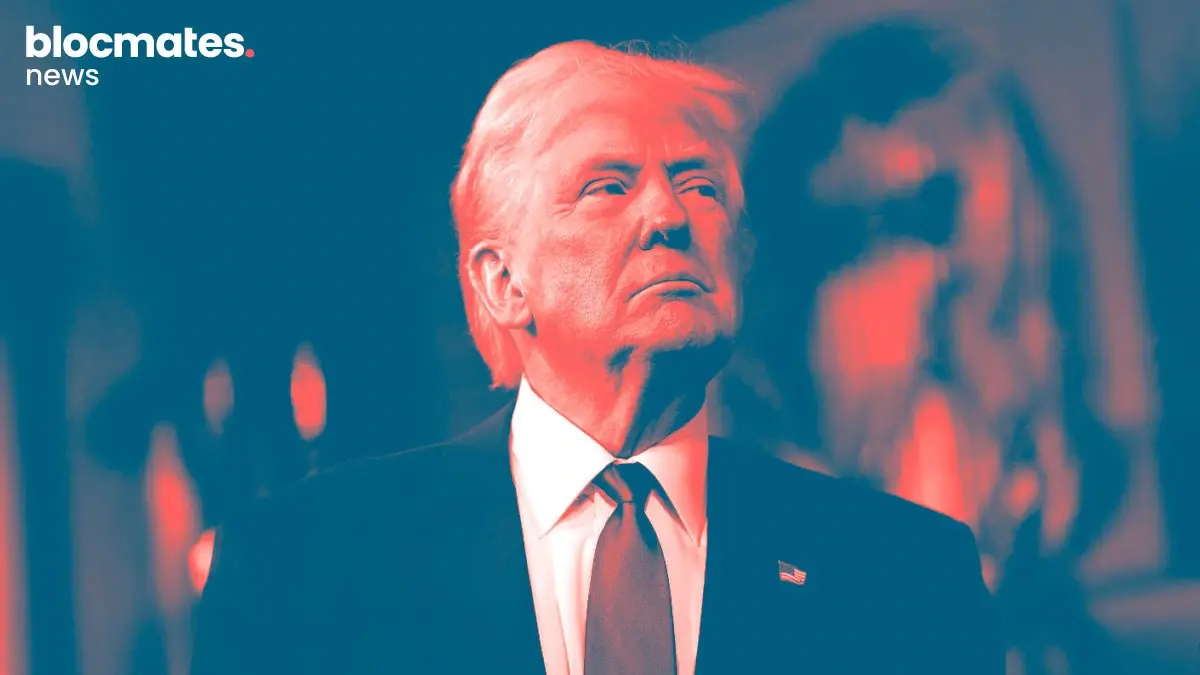

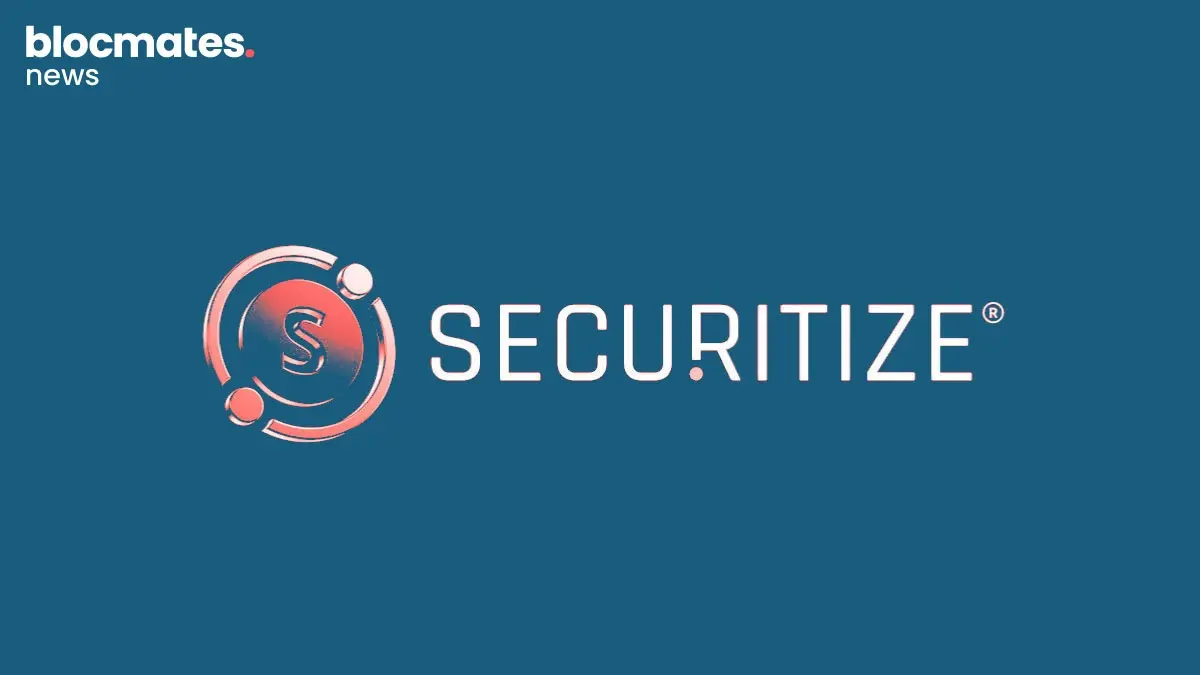

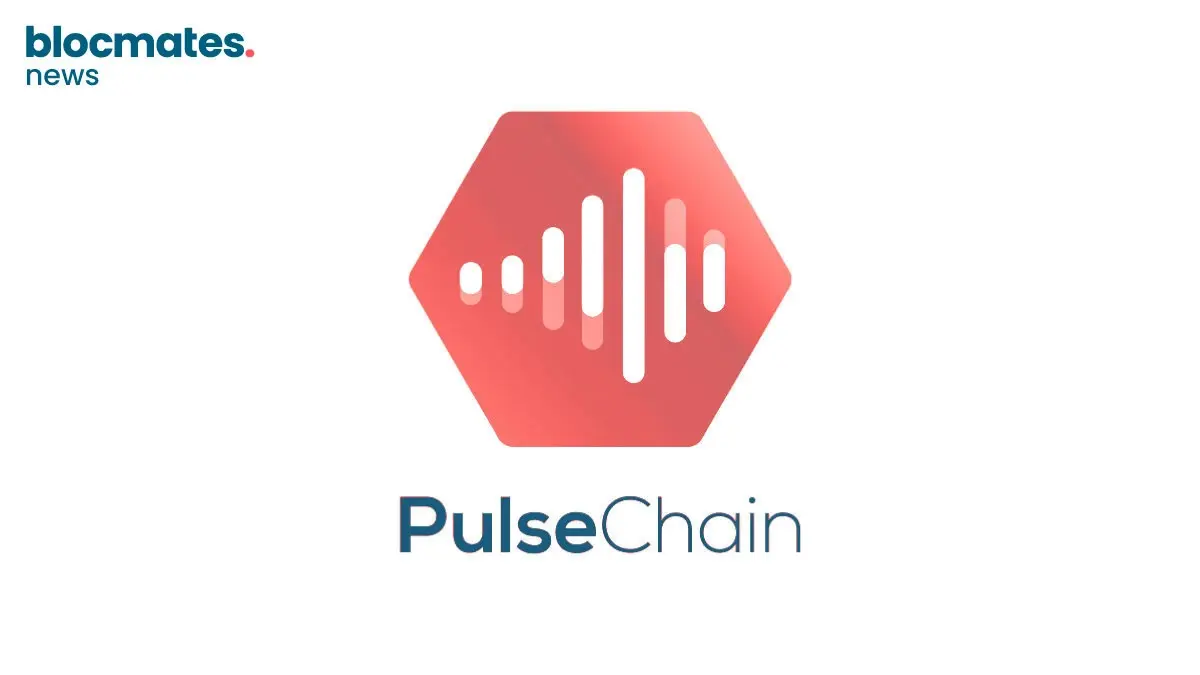
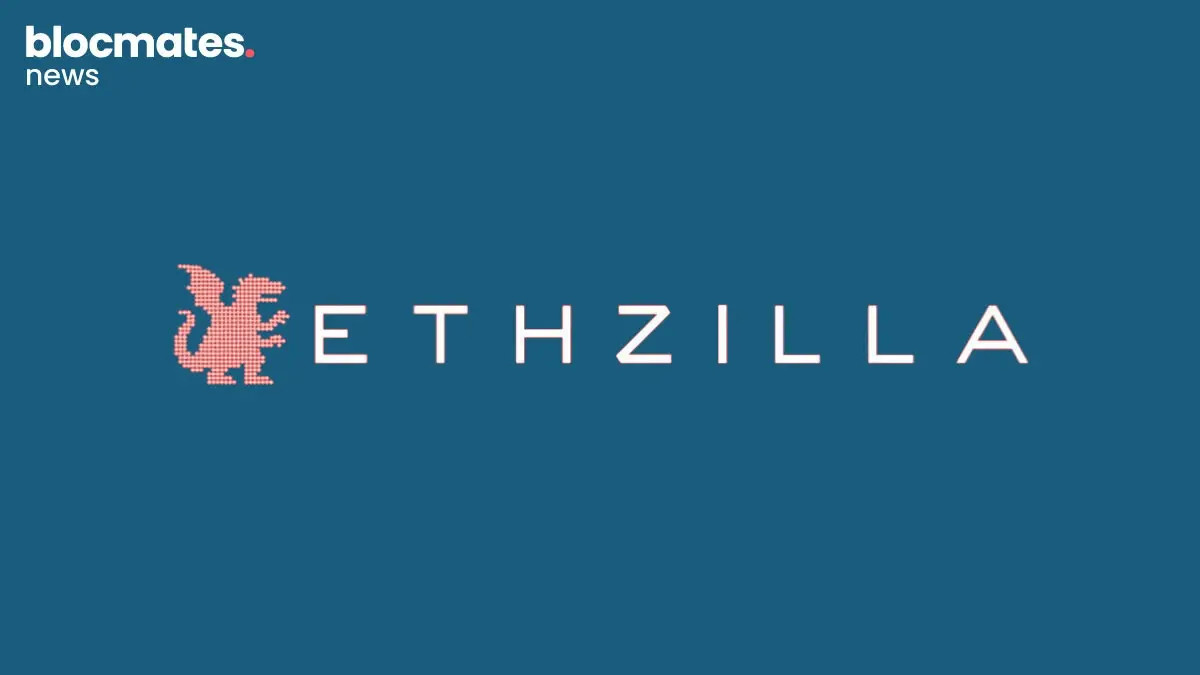
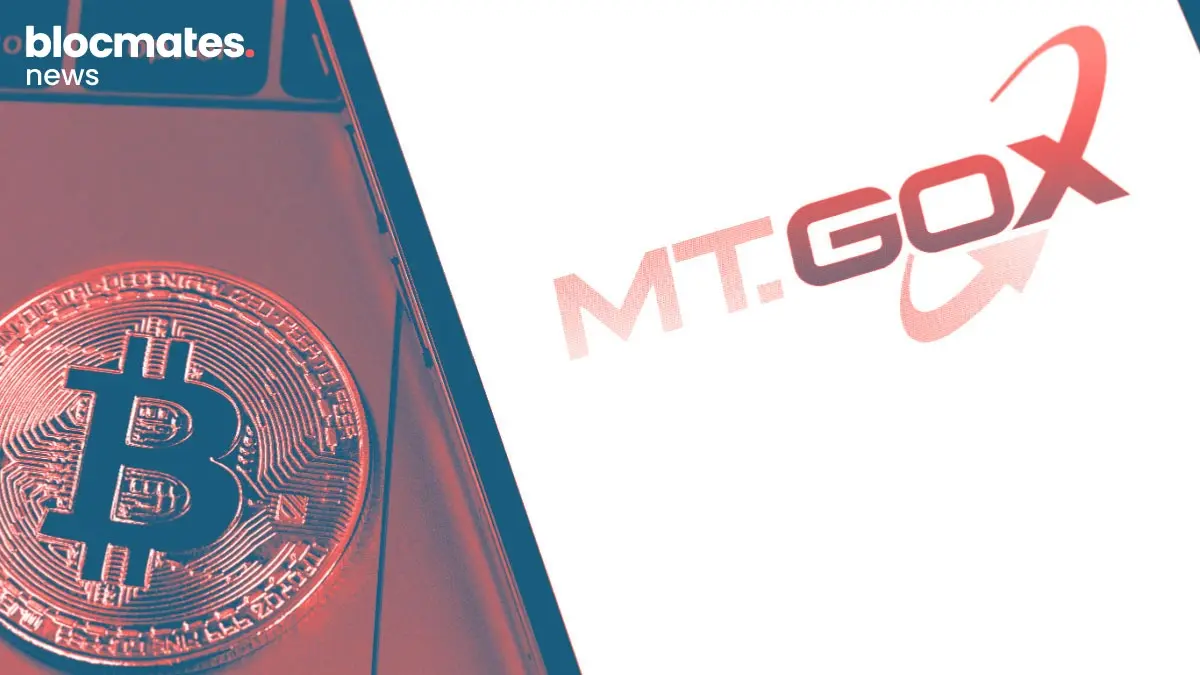
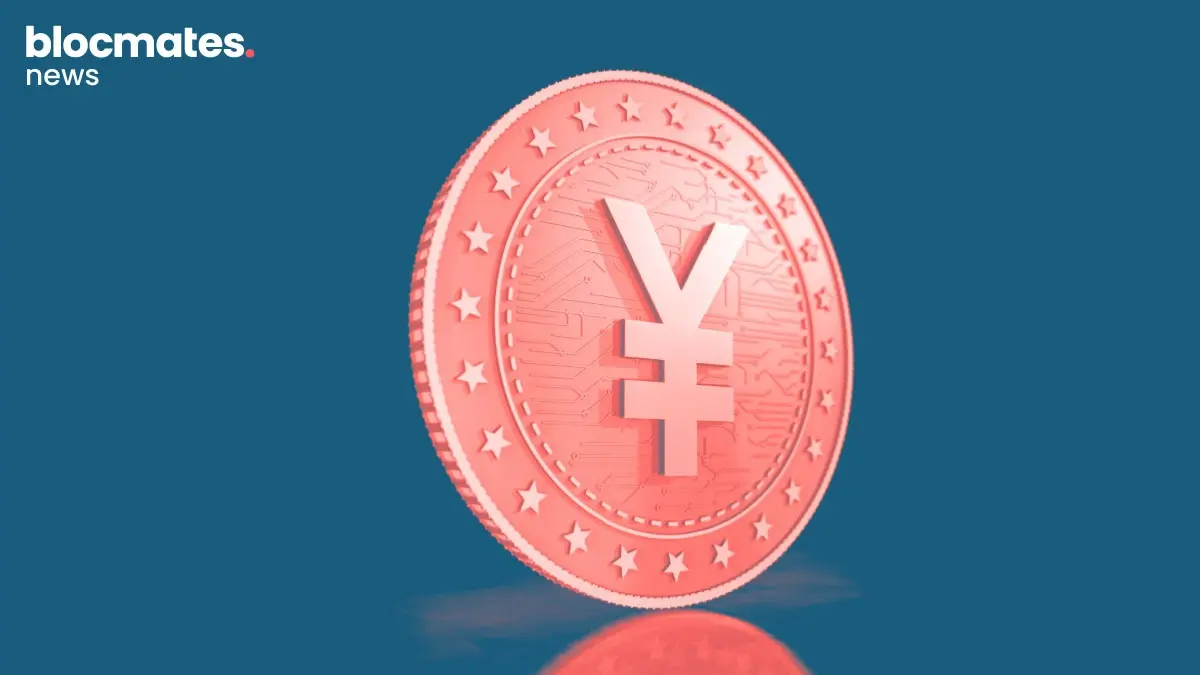
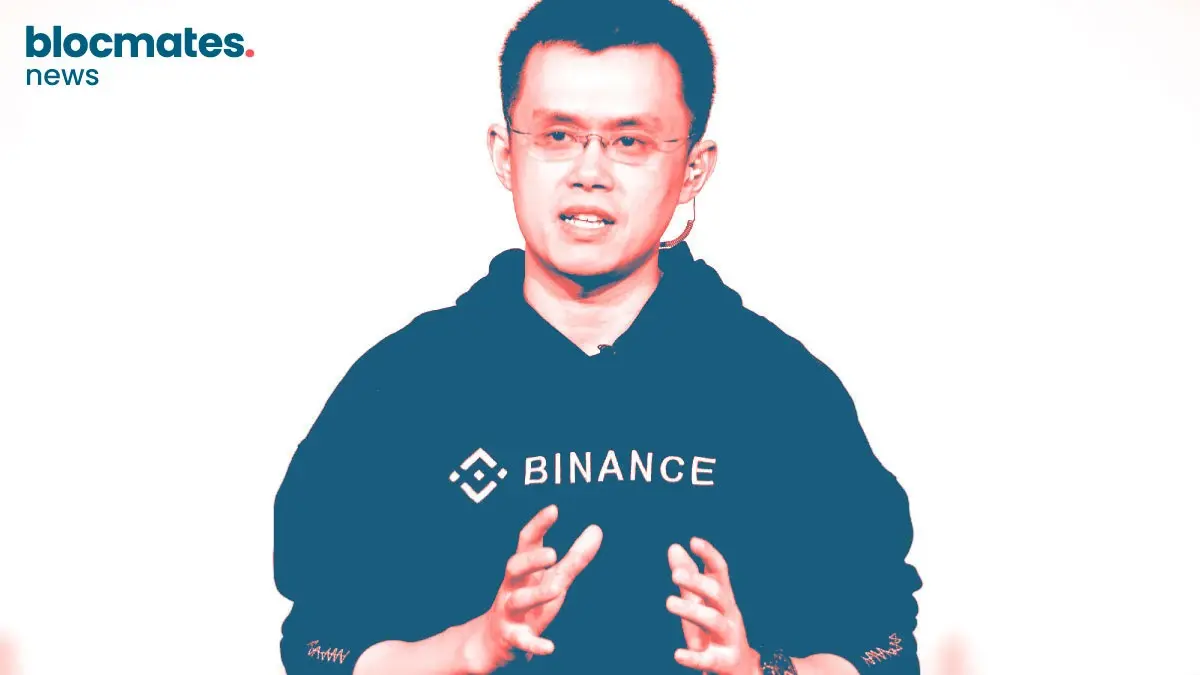


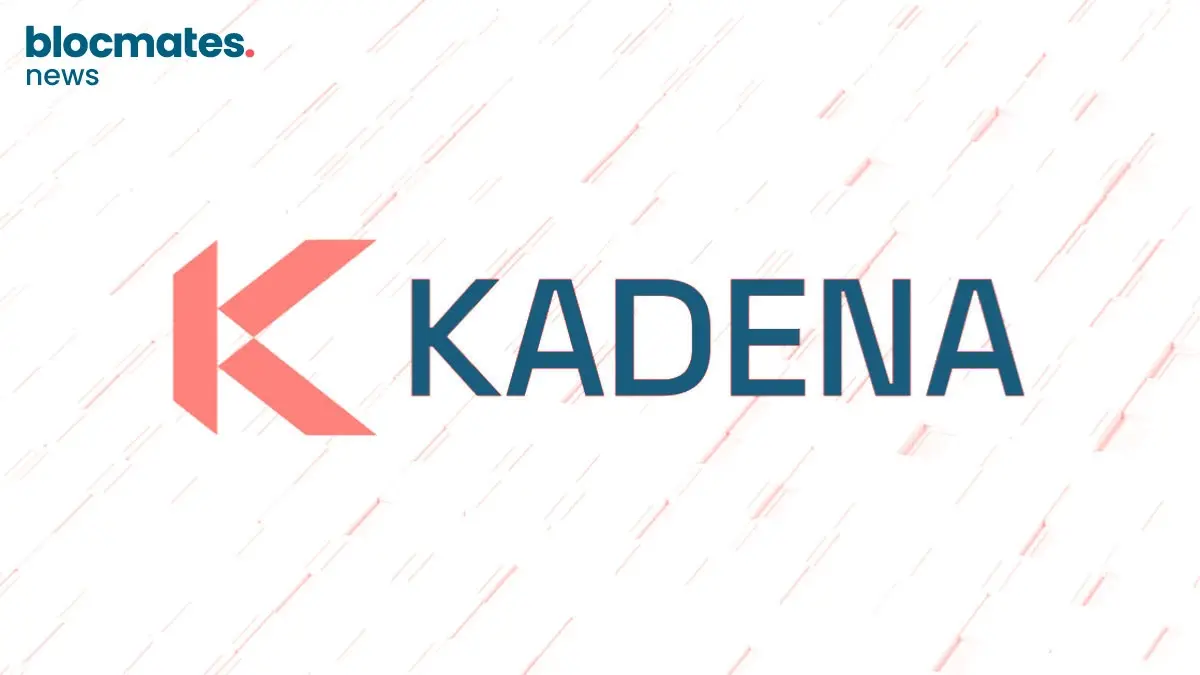

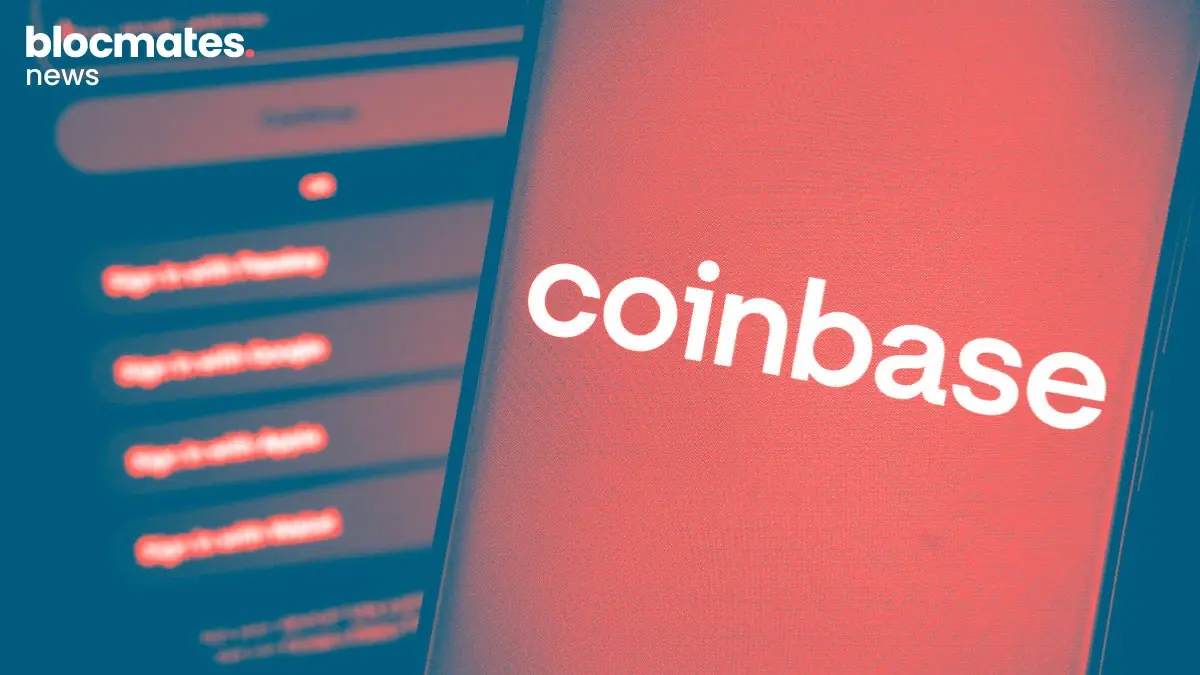
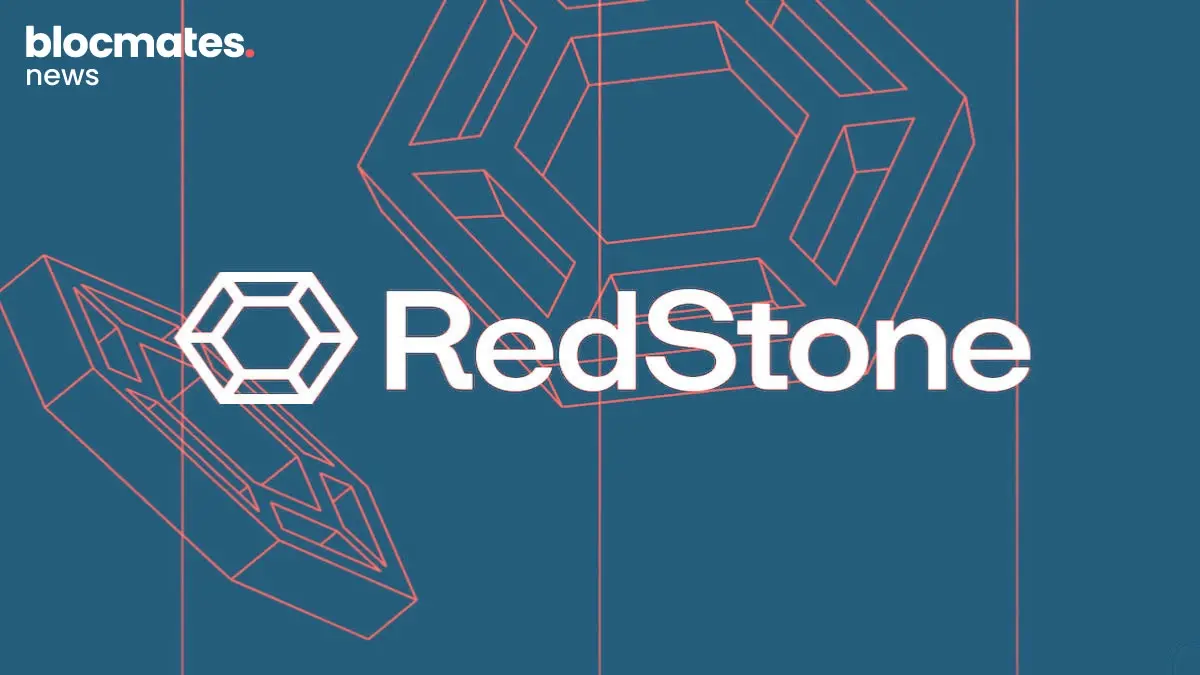
.webp)
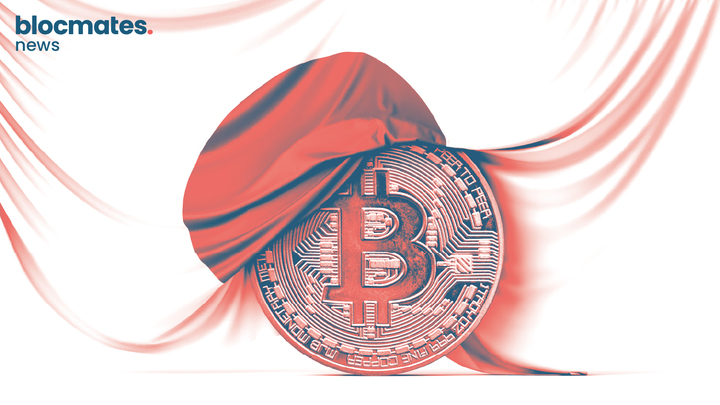
.webp)
.webp)

.webp)


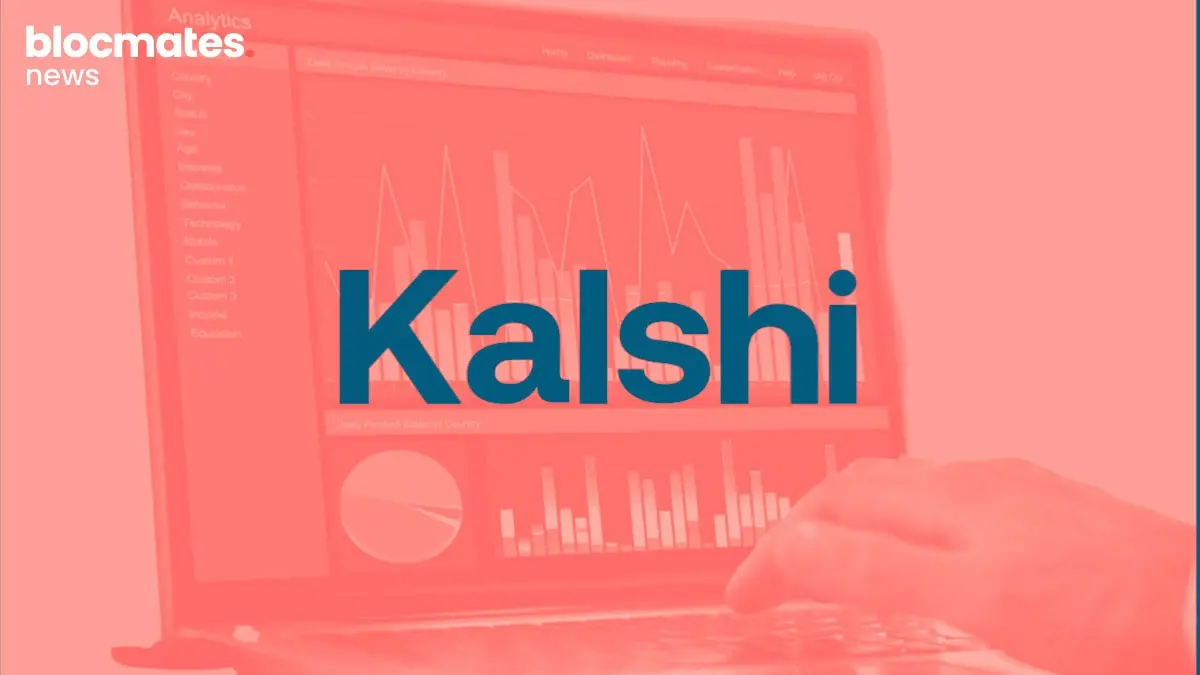
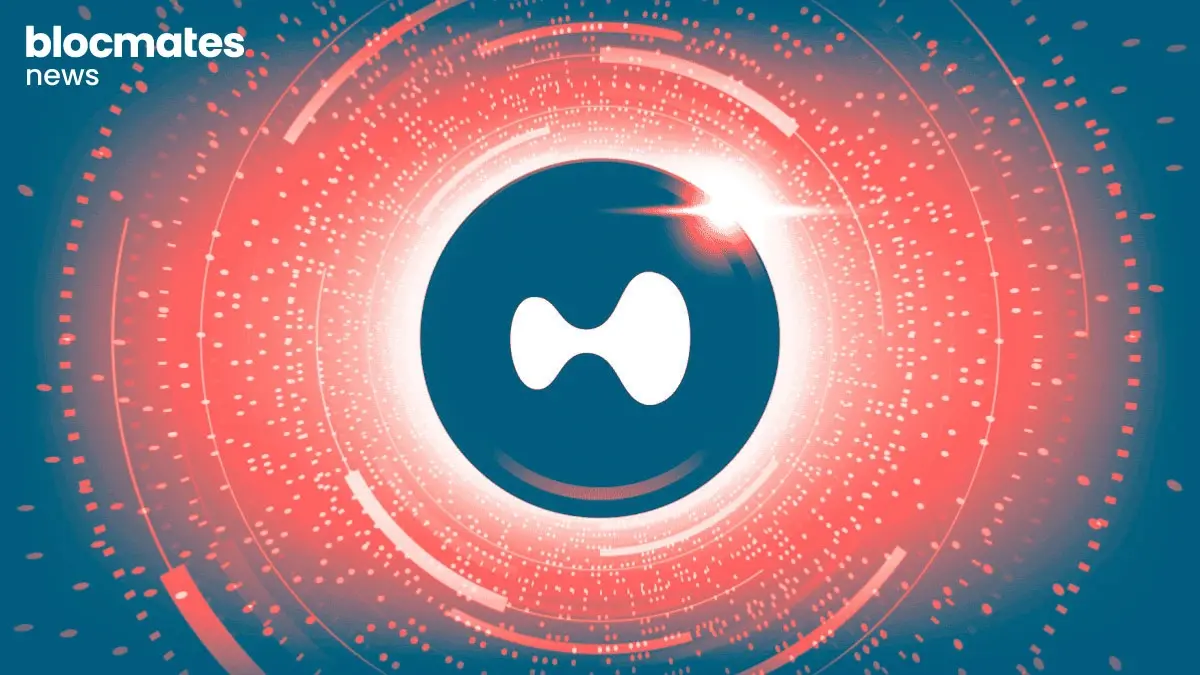



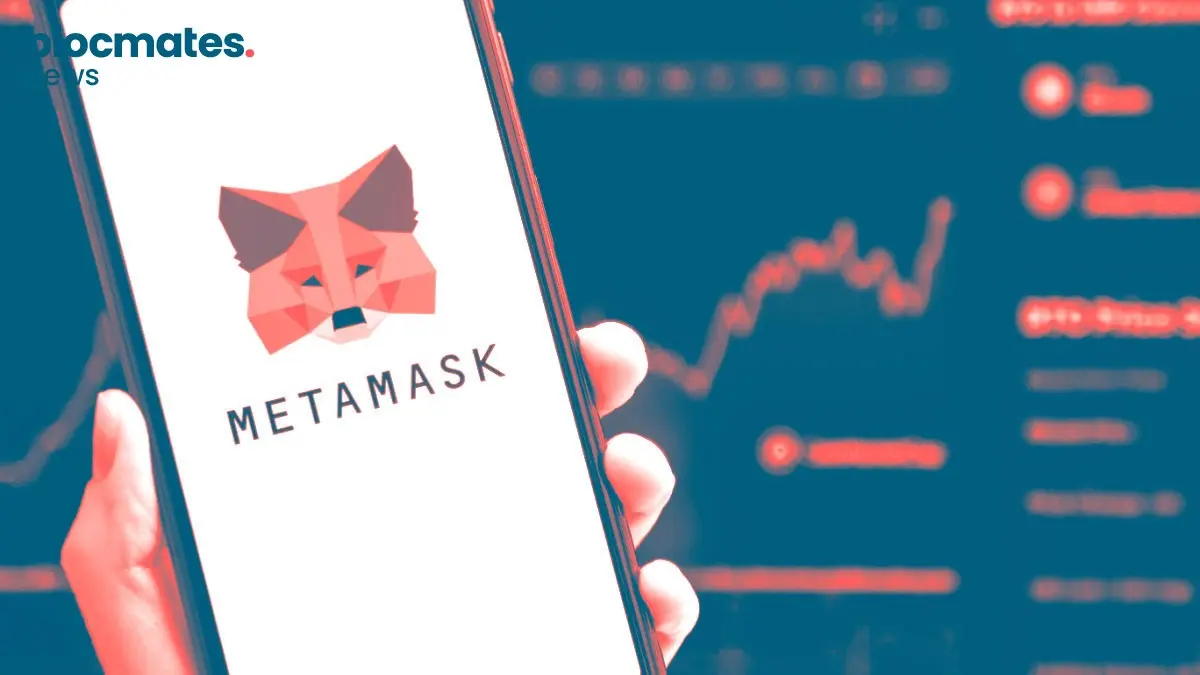
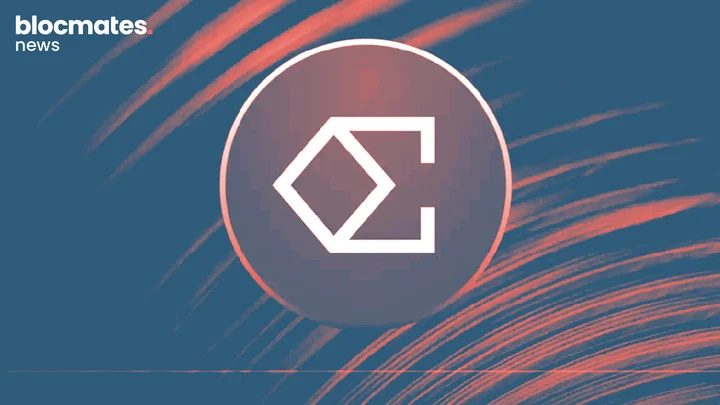


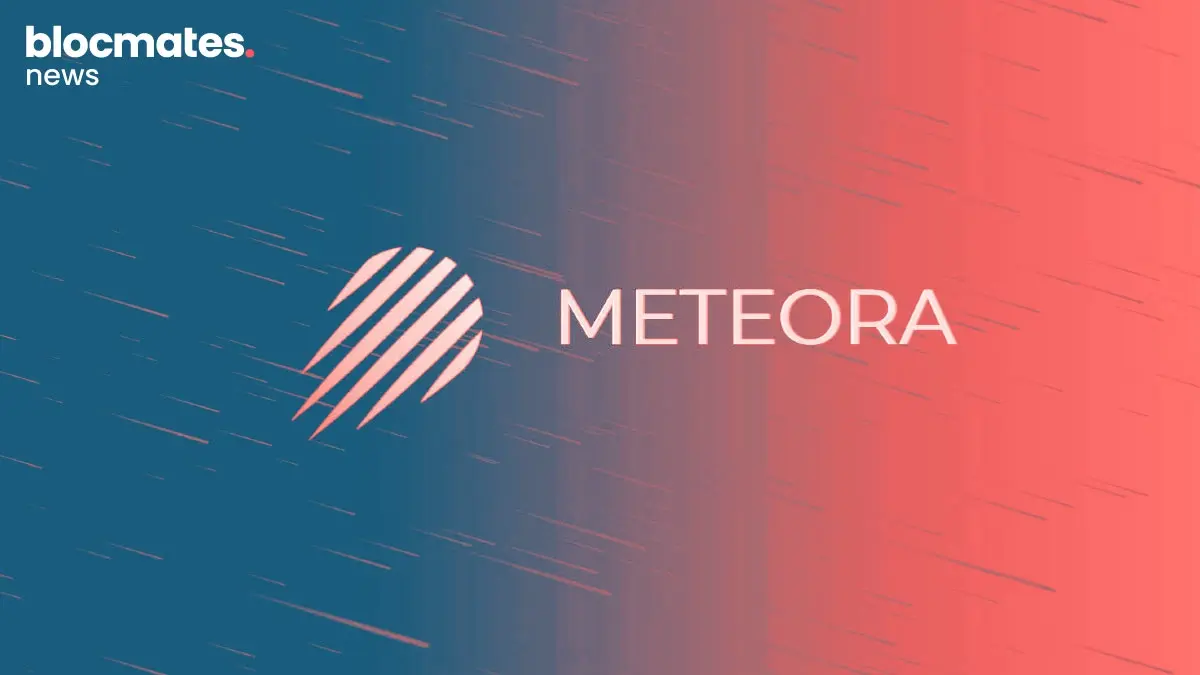
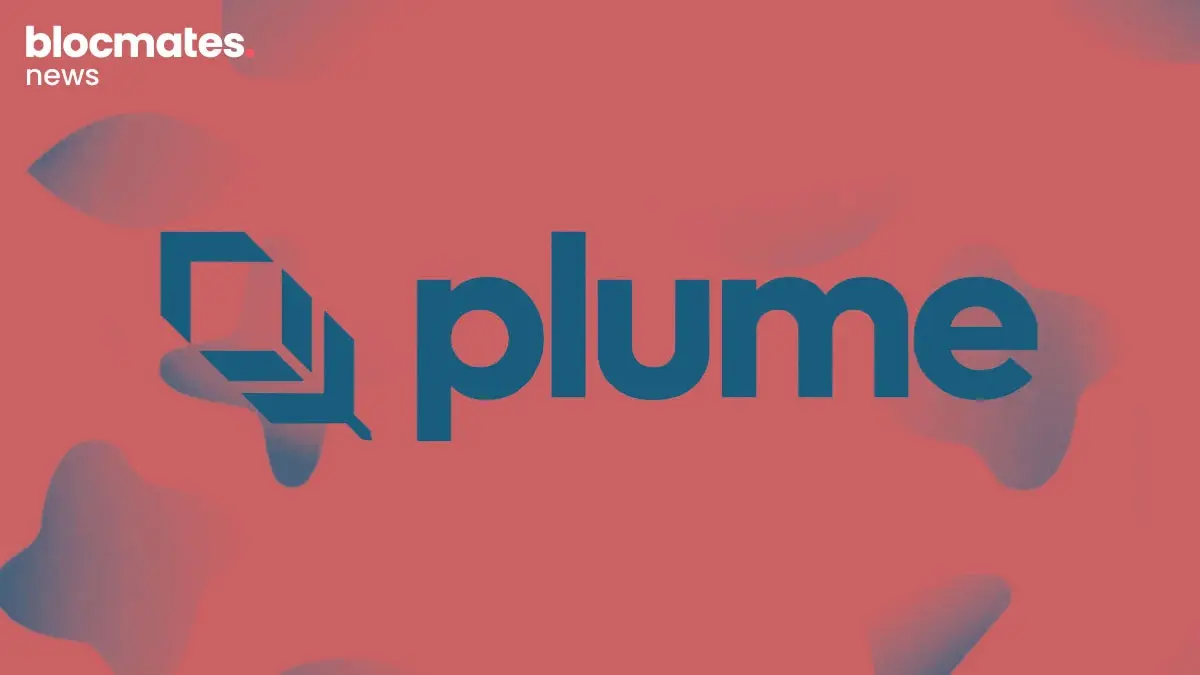

.webp)

.webp)


.webp)



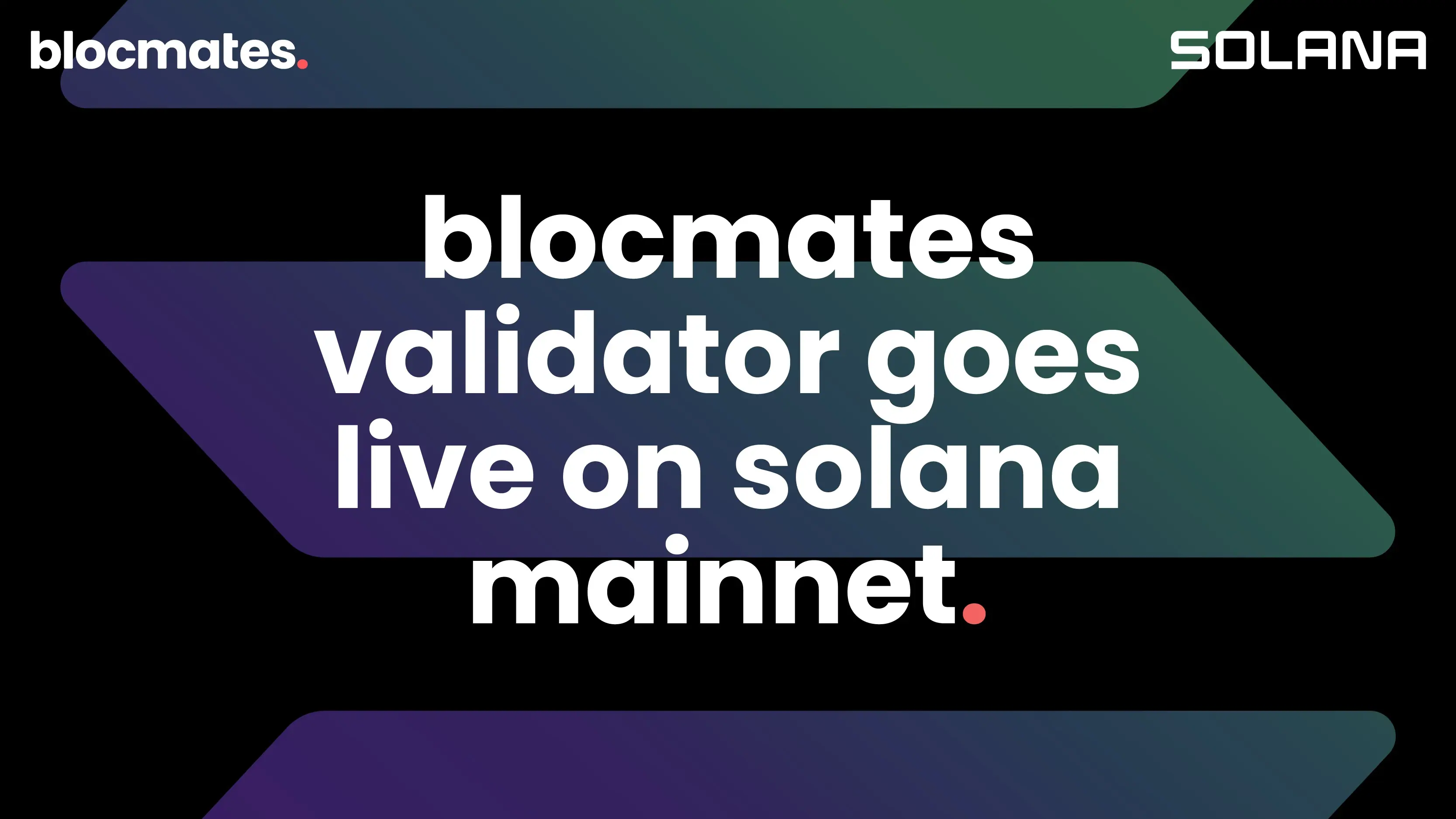
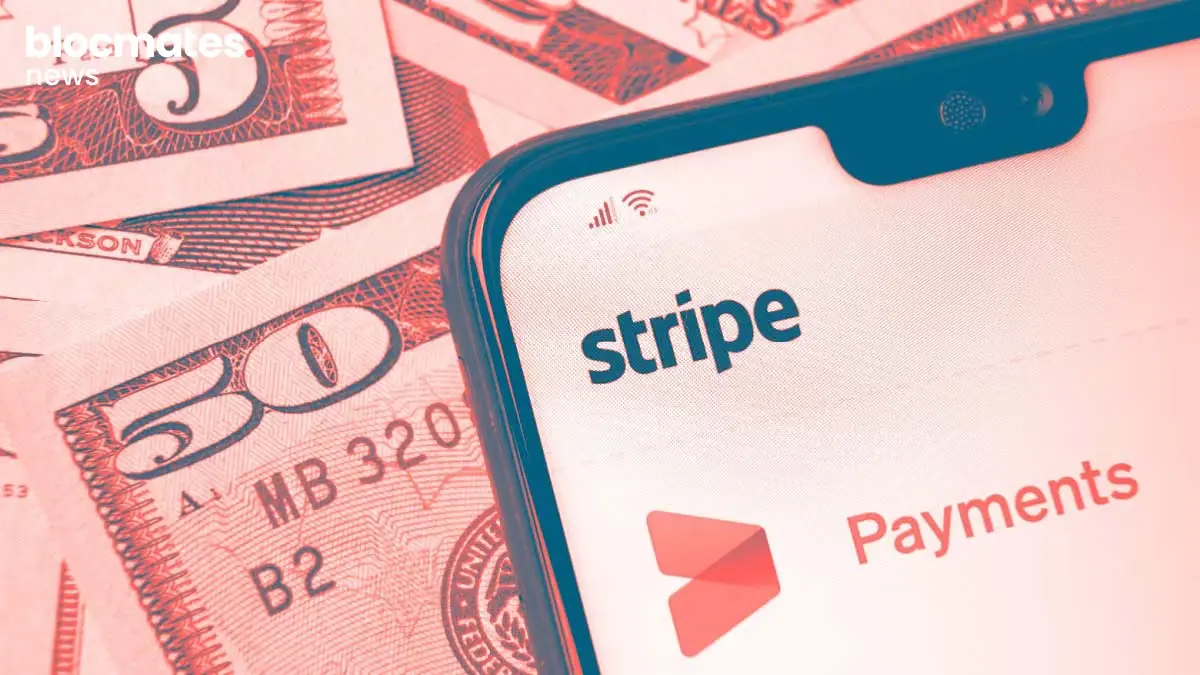



.webp)
